House of doors - exploring WHAT EQUITABLE PUBLIC LIFE & SPACE LOOKS LIKE
House of Doors is an immersive, architectural intervention that reworks public spaces TO CREATE a DEDICATED PLACE TO reimagine our built environment as one designed for all.
TOGETHER, WE examine the inequalities that persist IN SOCIETY, and propose designs for more equitable PUBLIC LIFE, that ENABLE neW ways of being together WHERE all CAN thrive.
Established in 2015, with a take-over weekend of UCL’s Main Quad, House of Doors has BEEN installed IN UK PARLIAMENT, toured the UK, and has TRAVELLED to Finland, Sweden and Denmark.
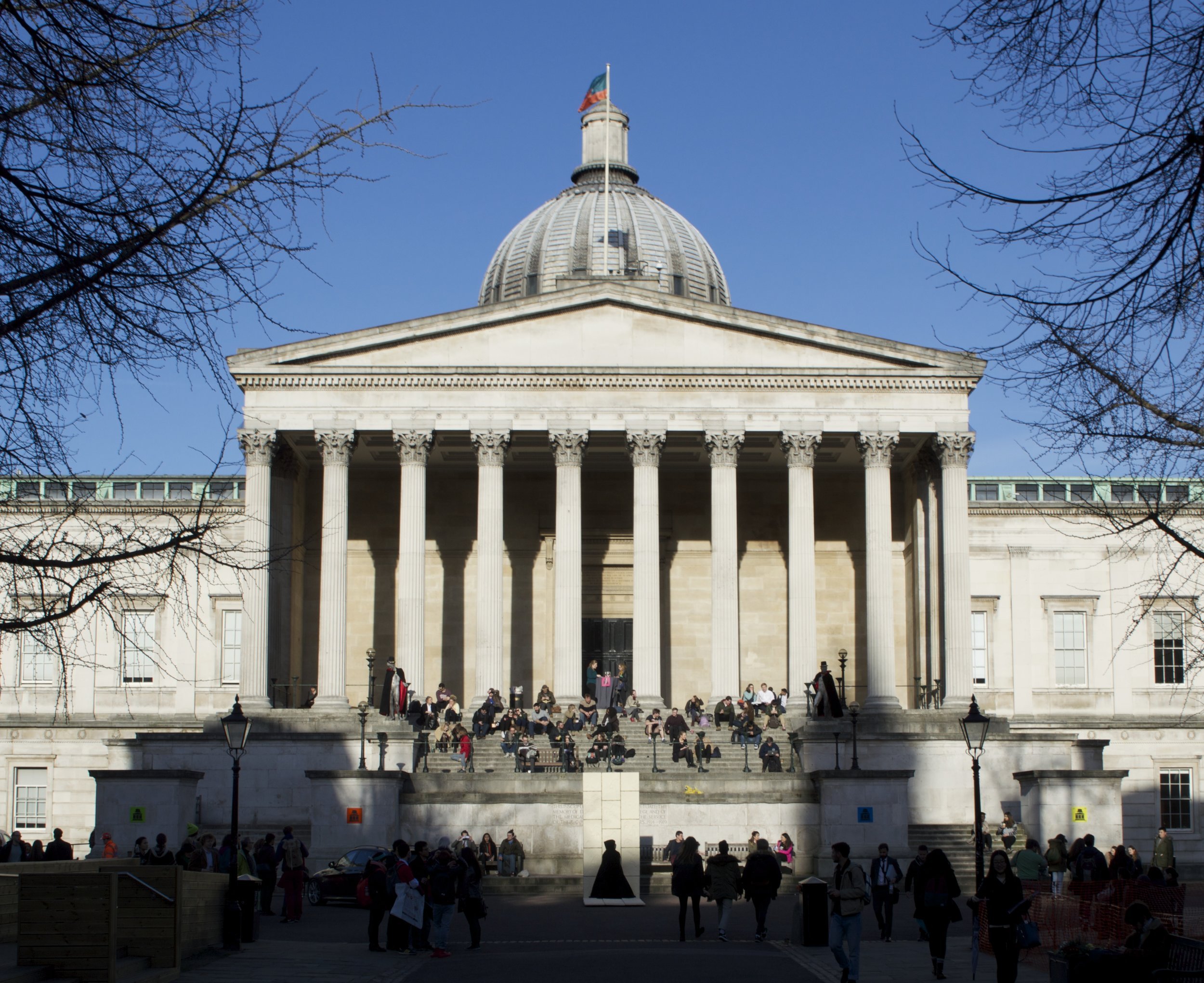
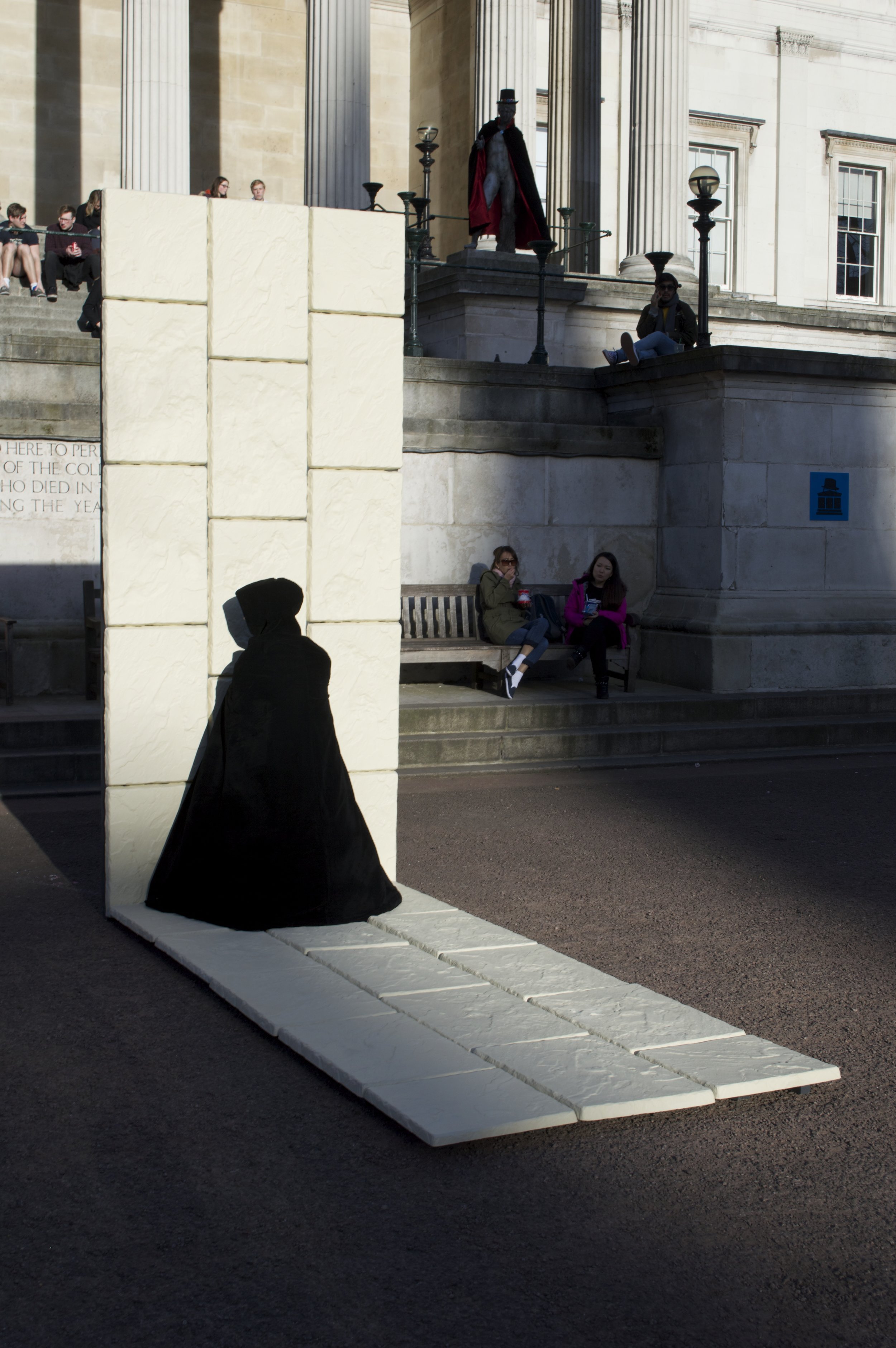
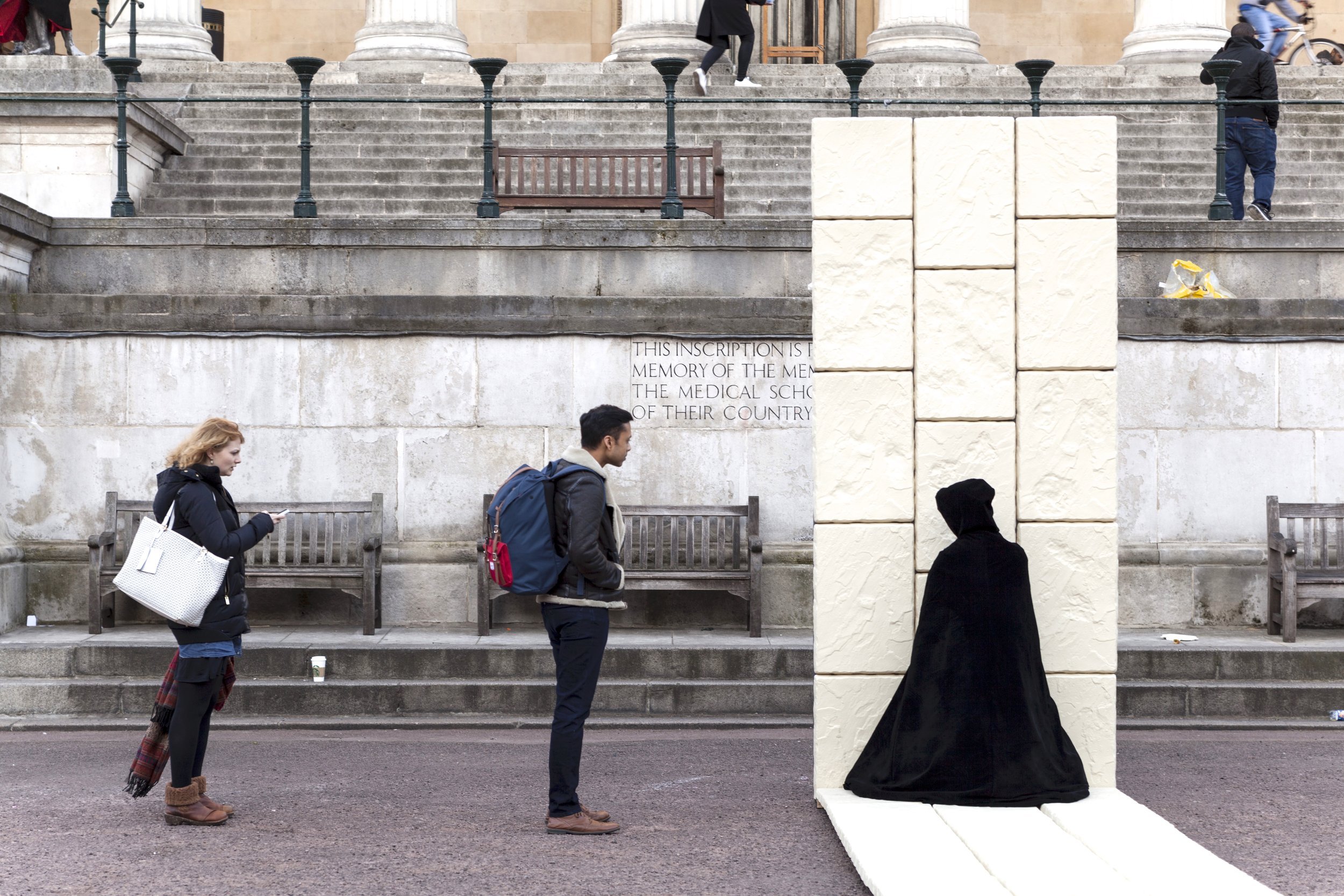
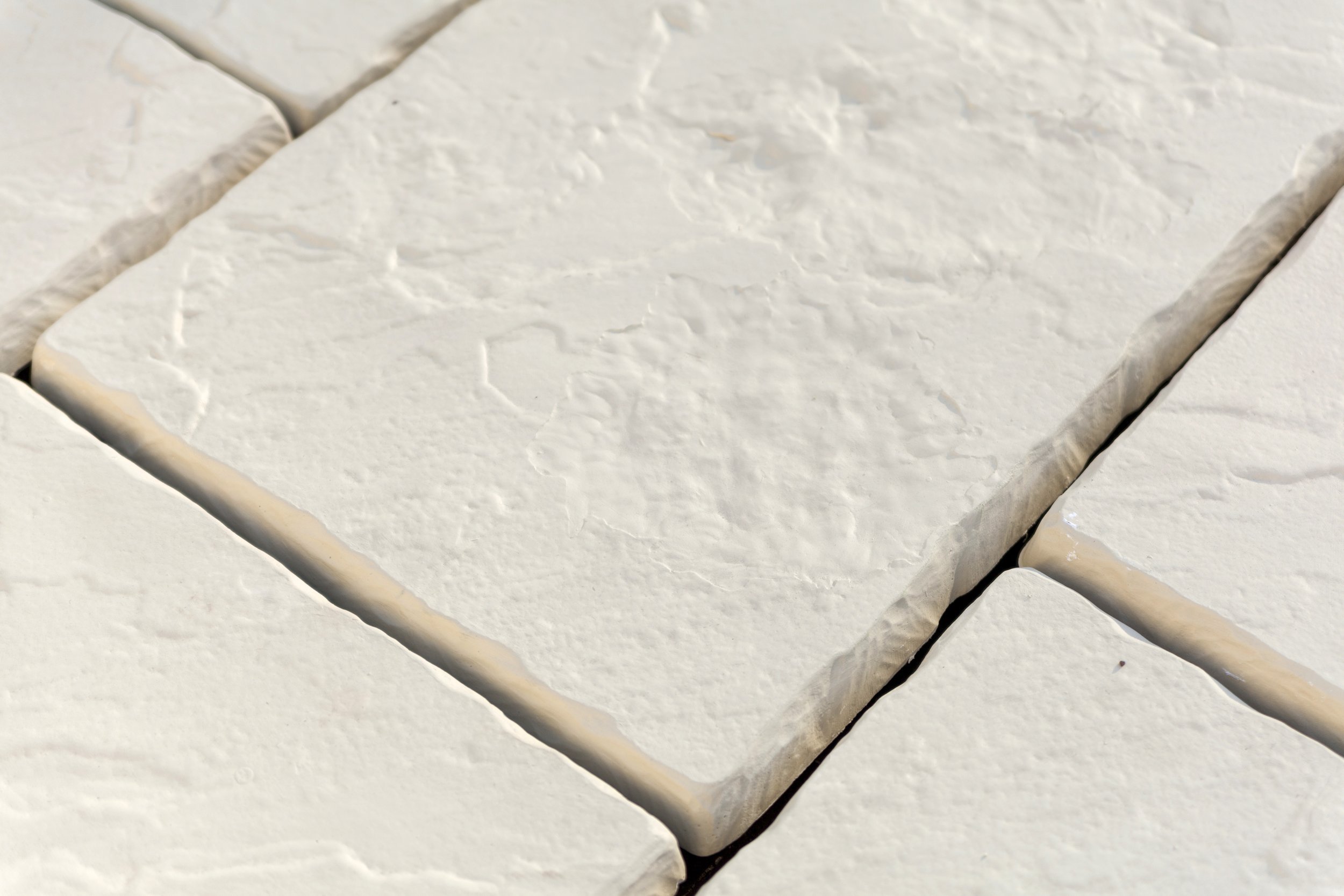
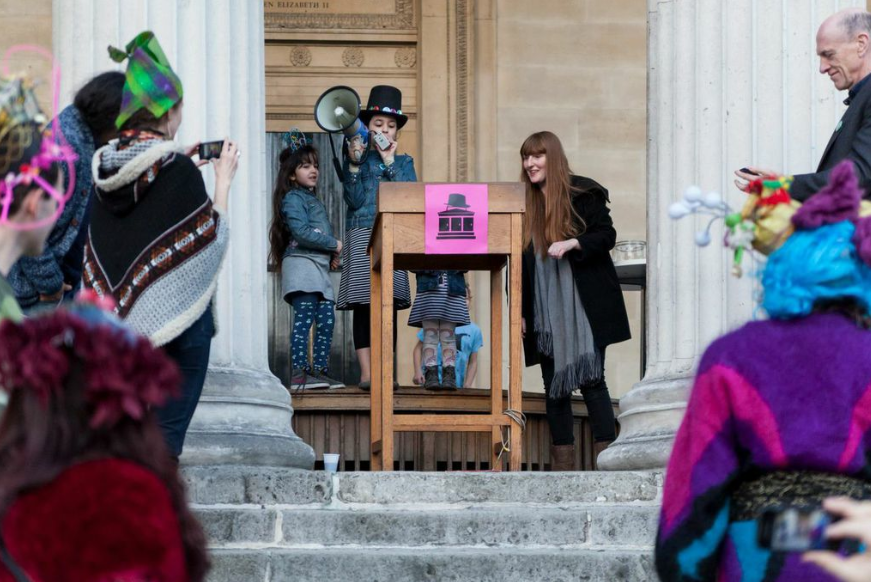

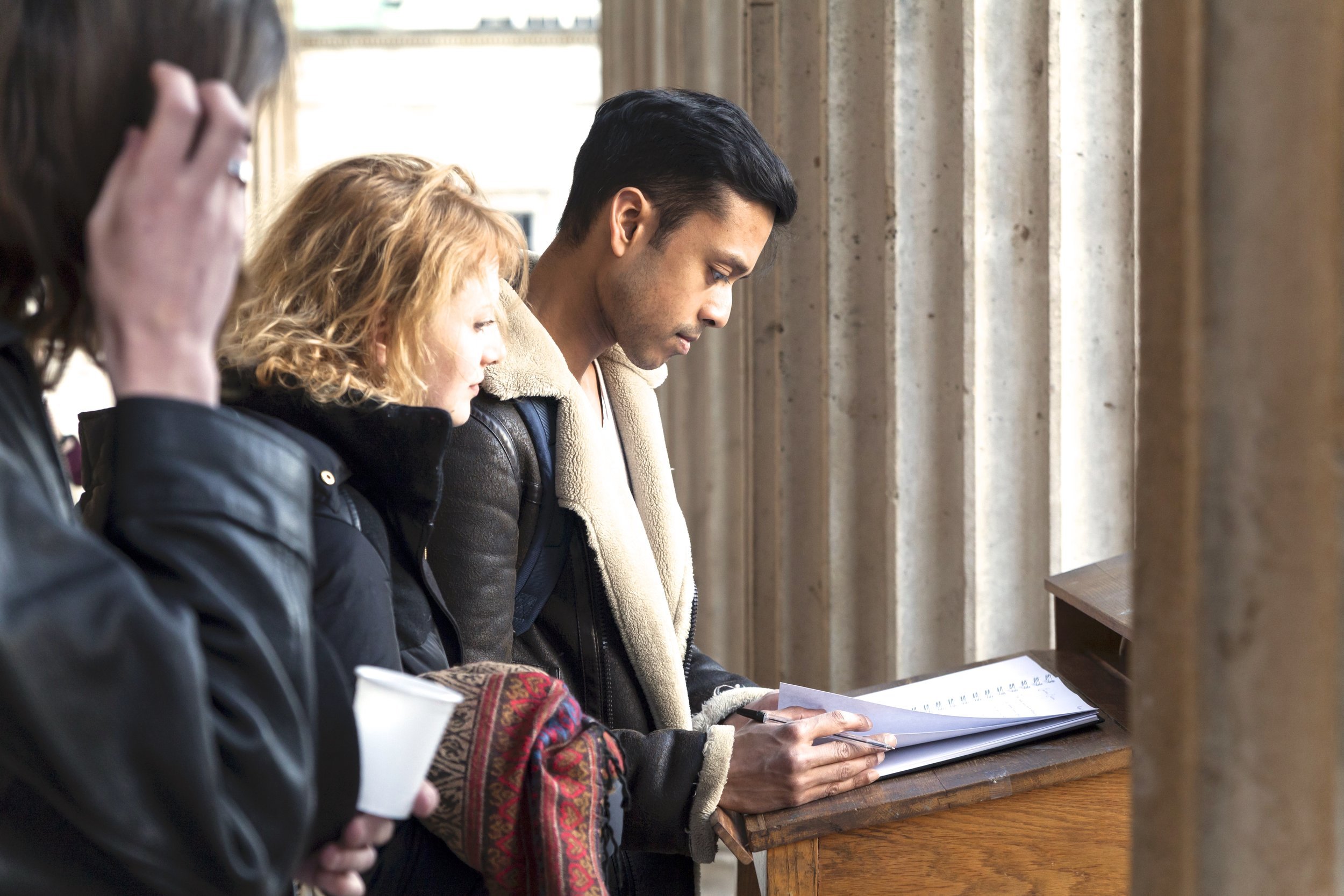
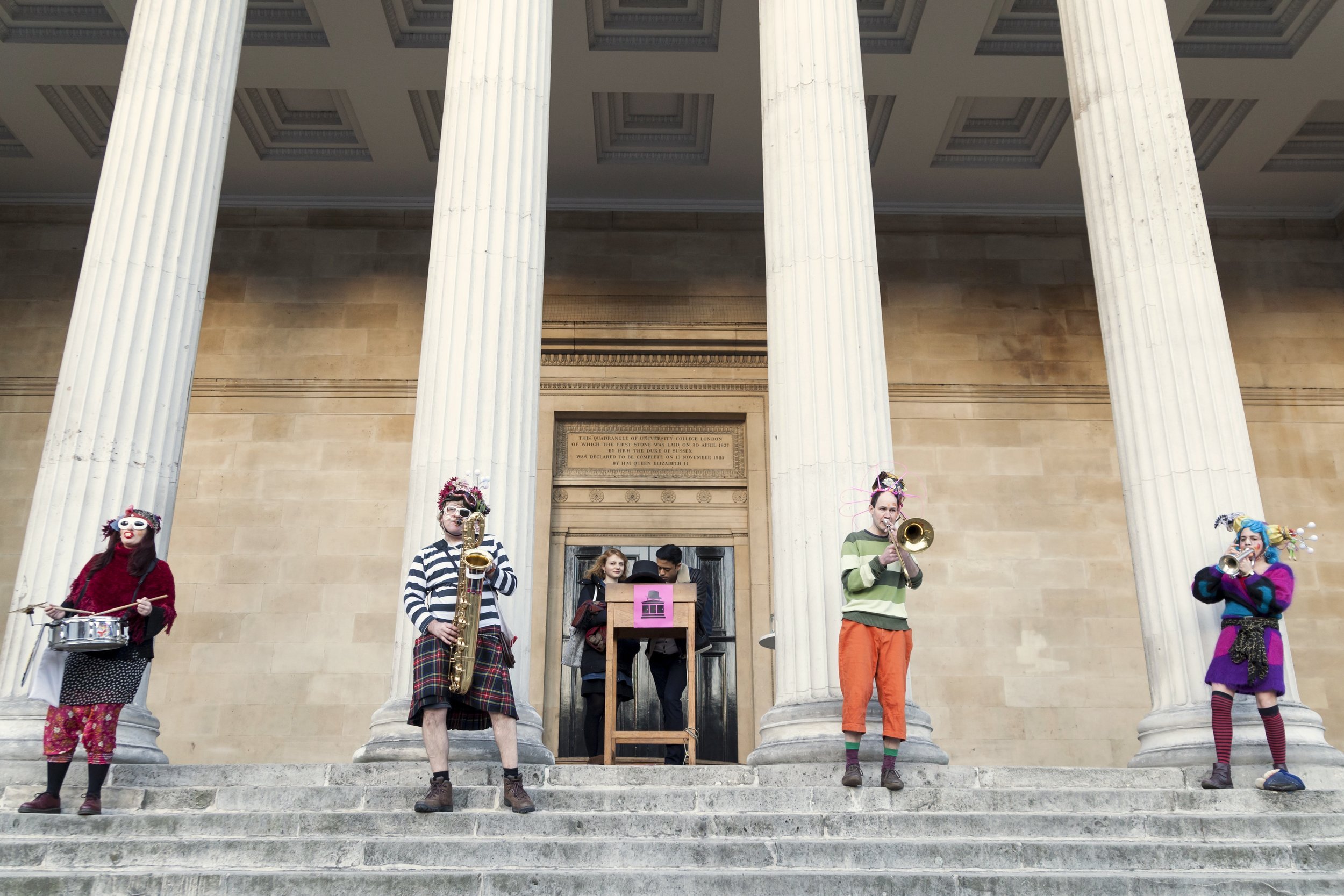

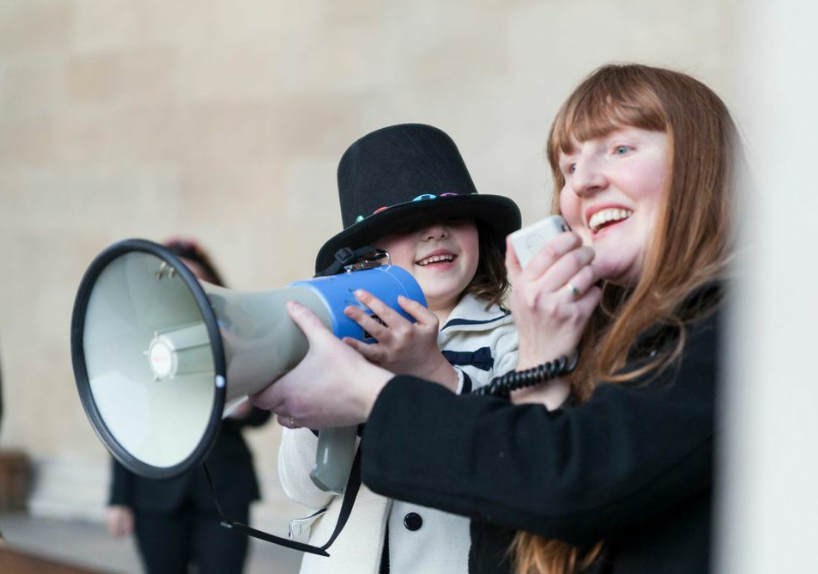
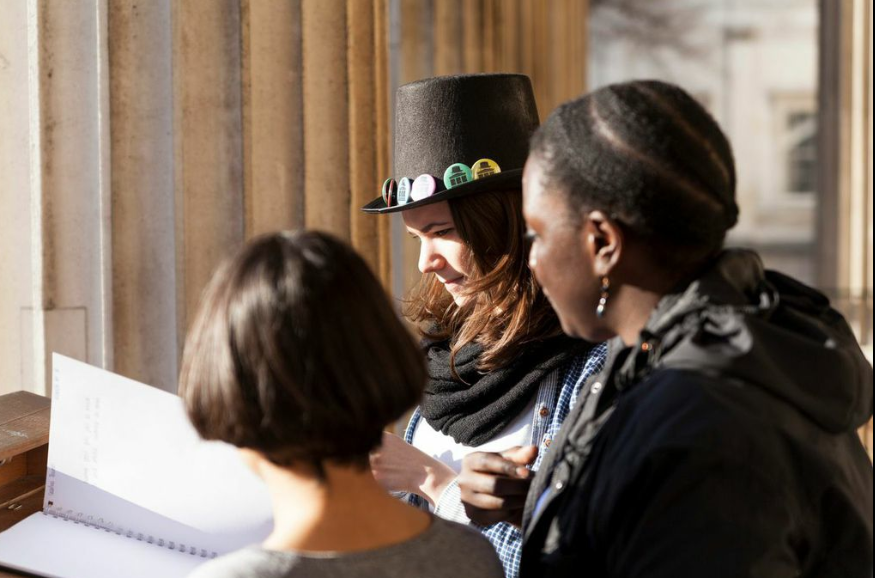
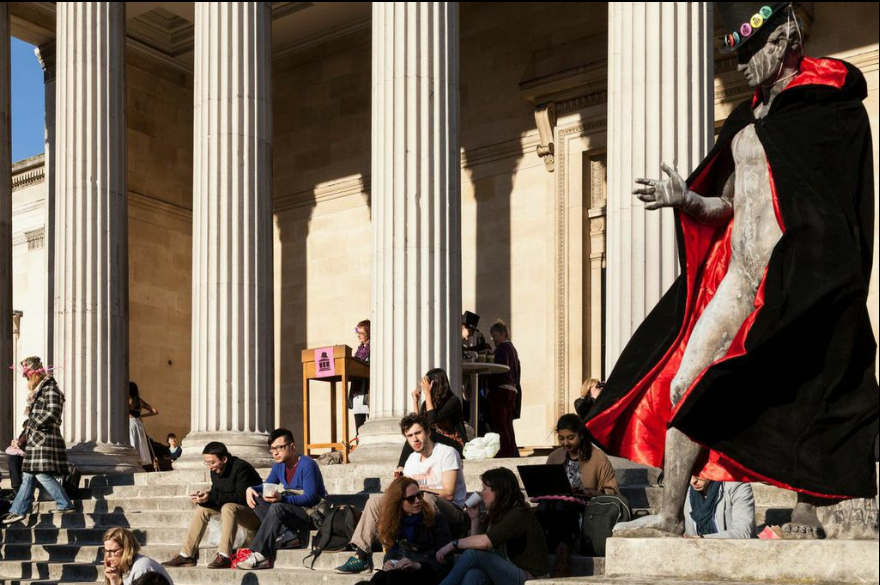
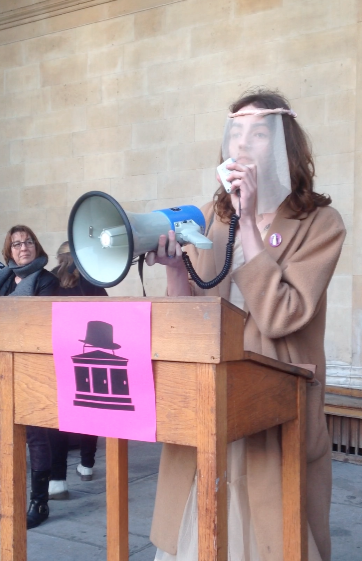
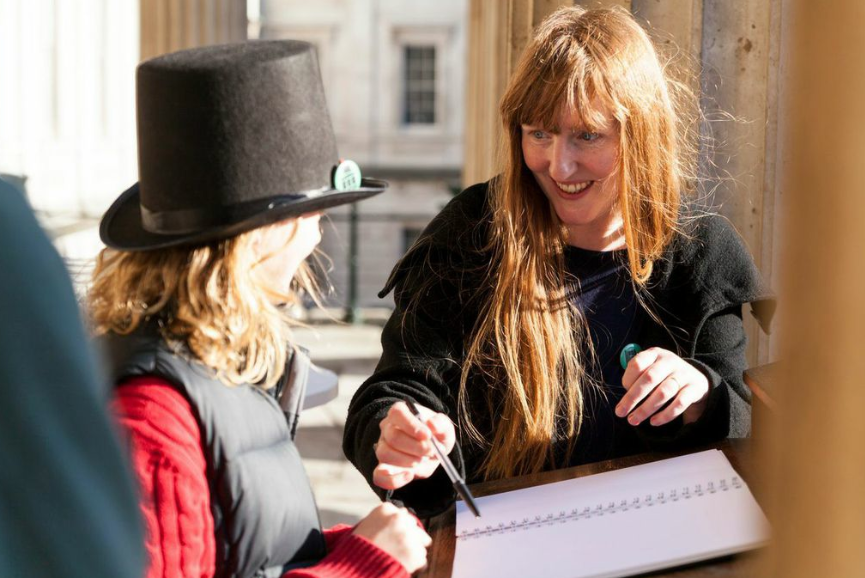
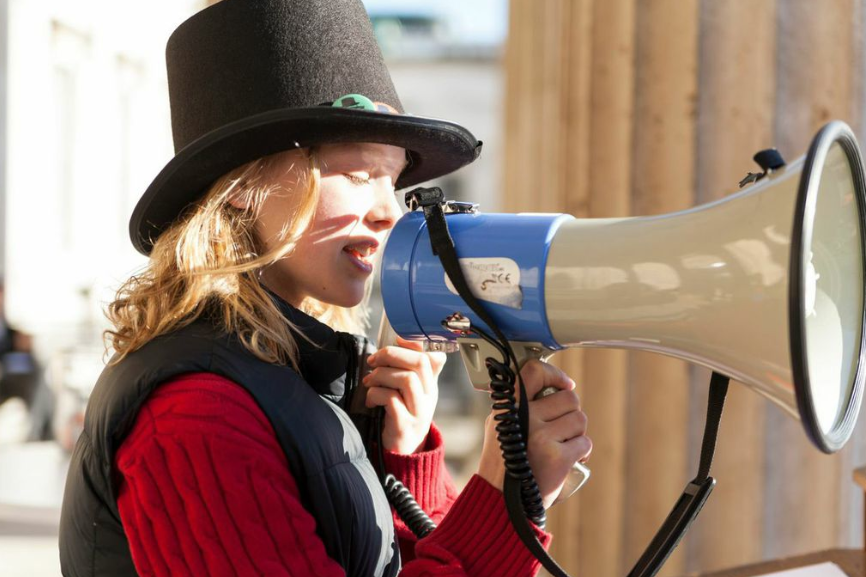
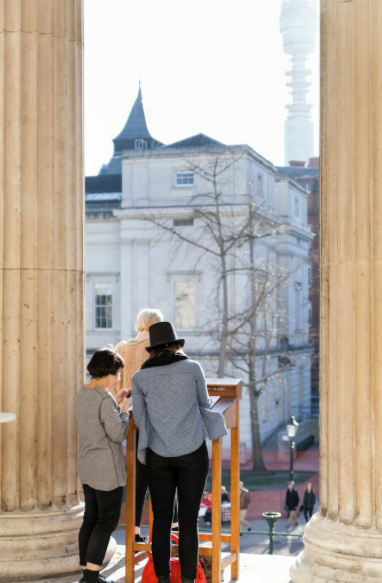
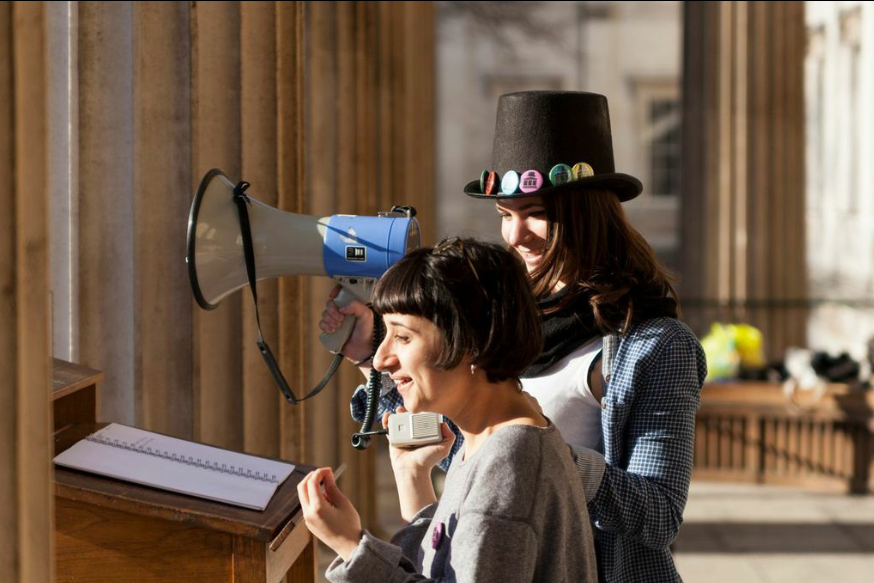

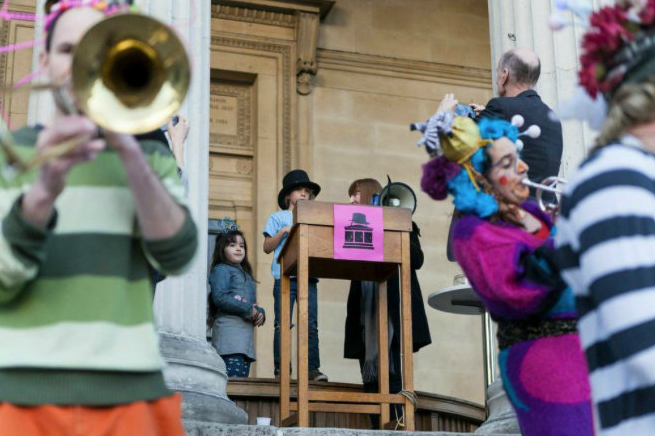
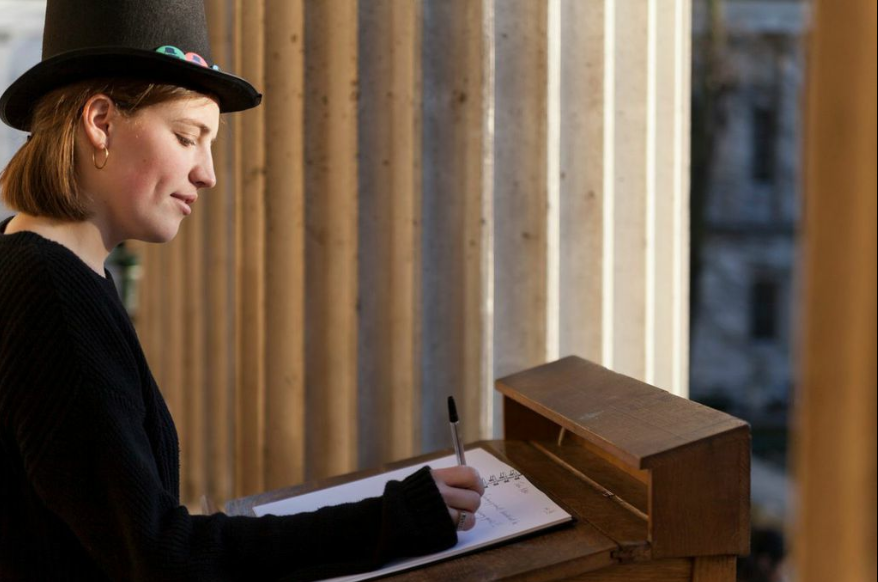
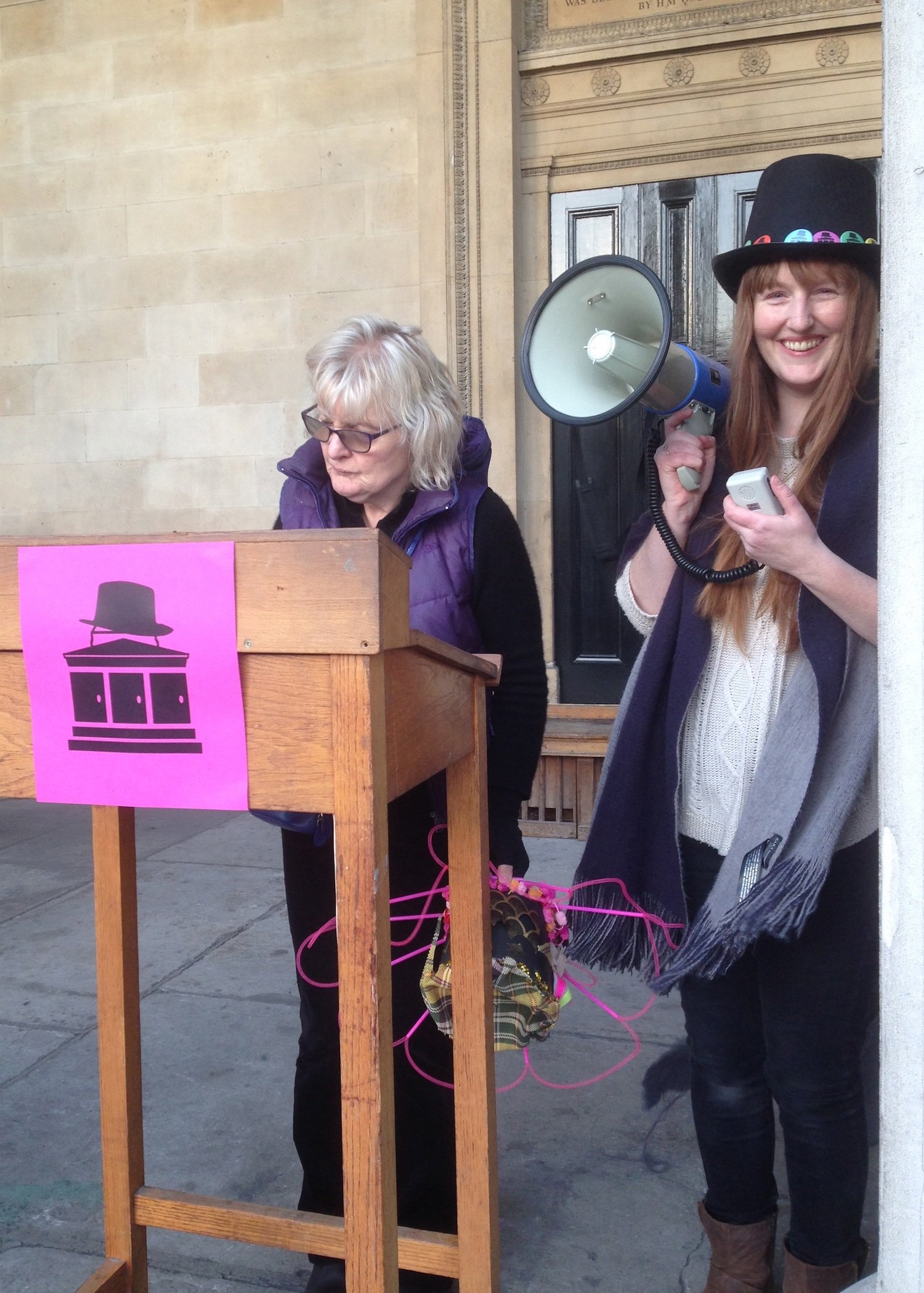
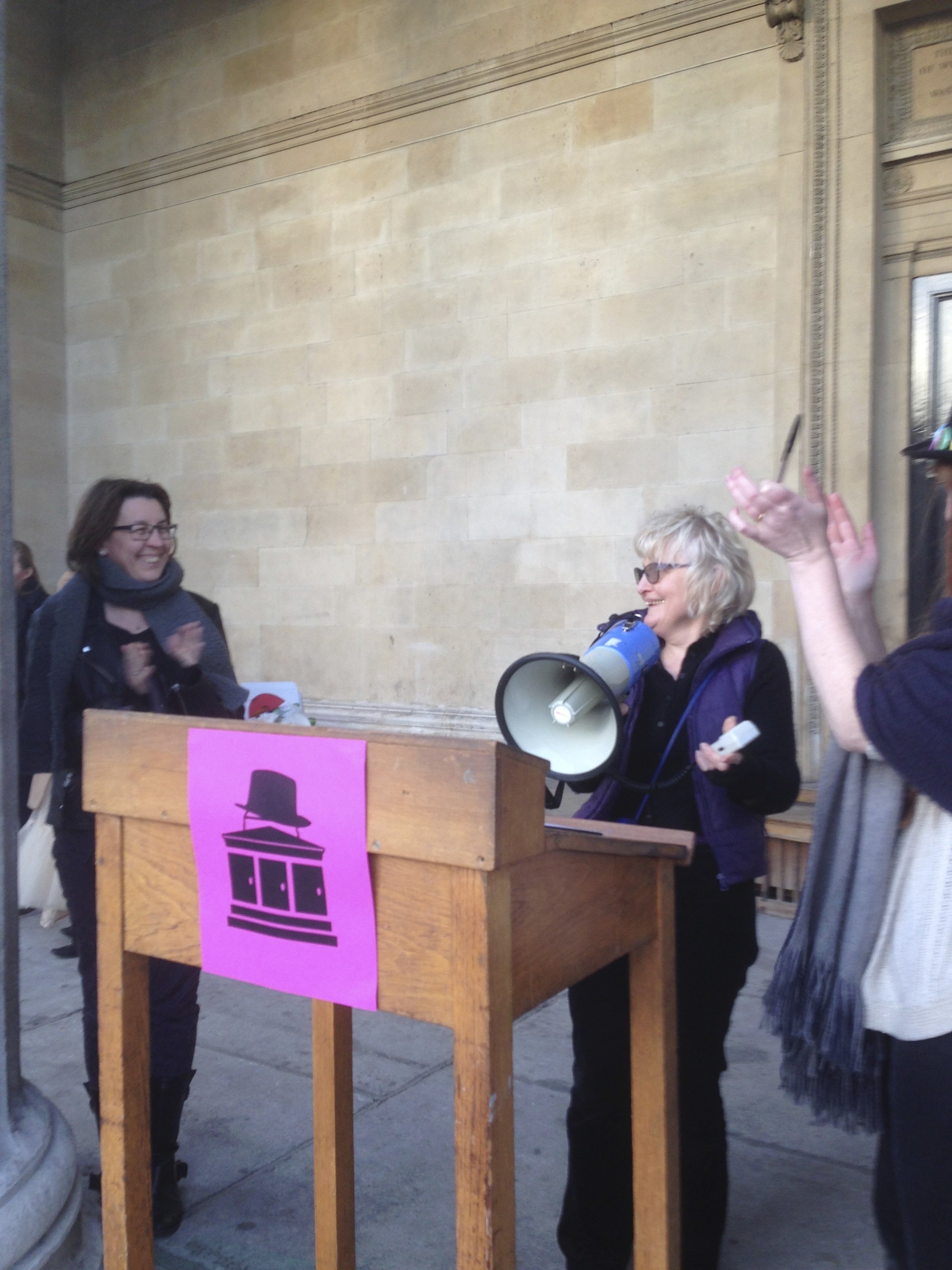
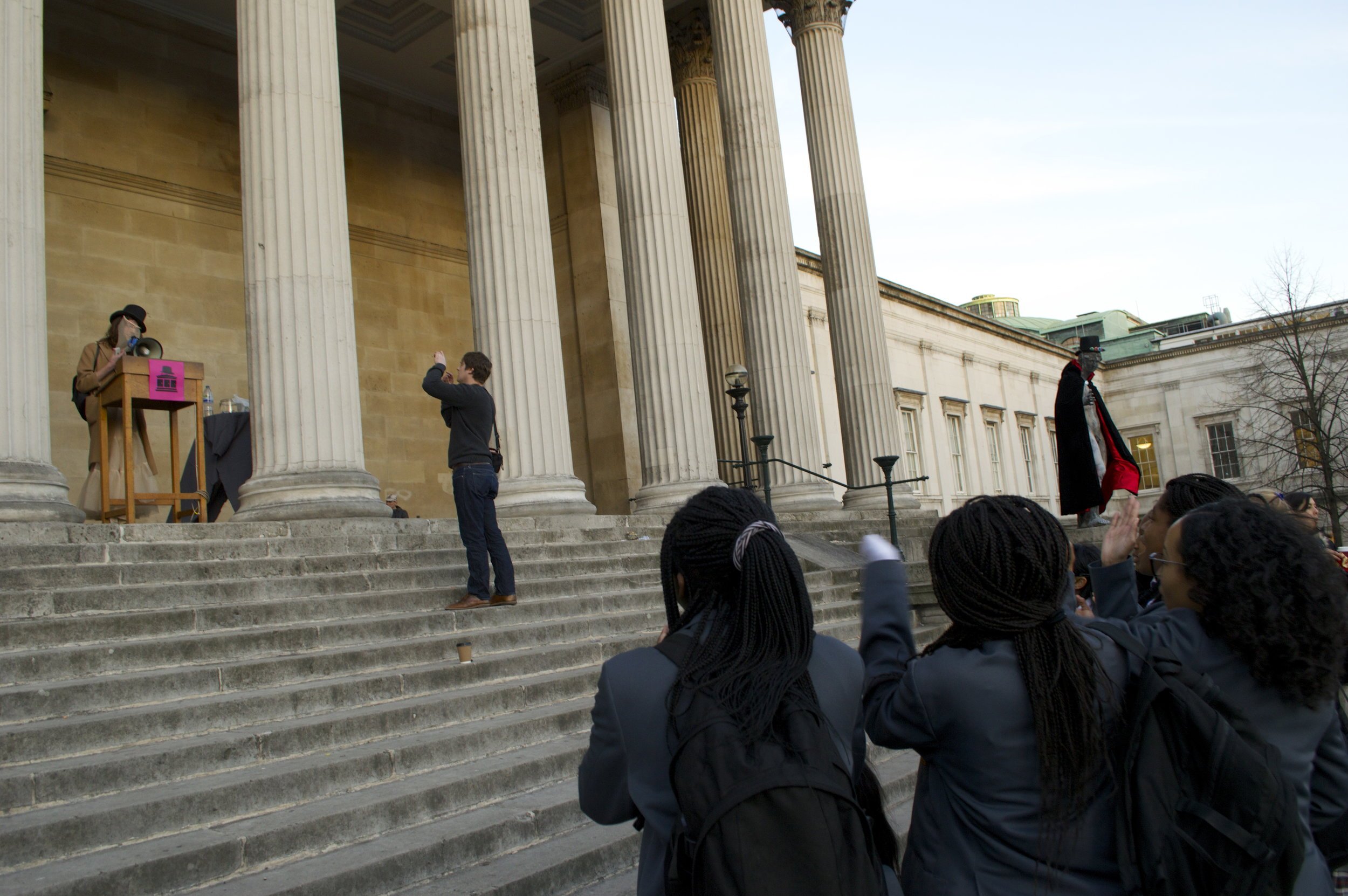
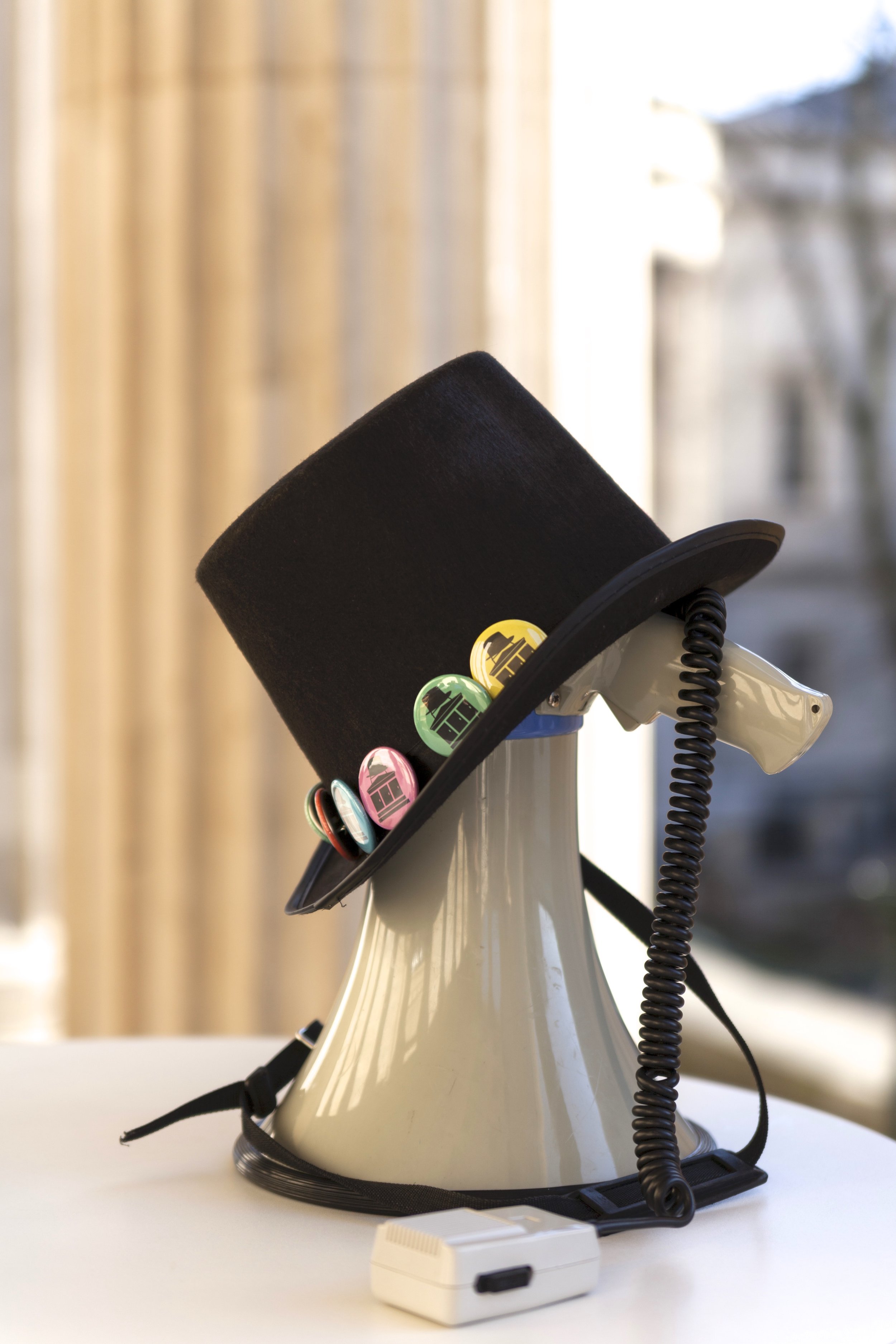

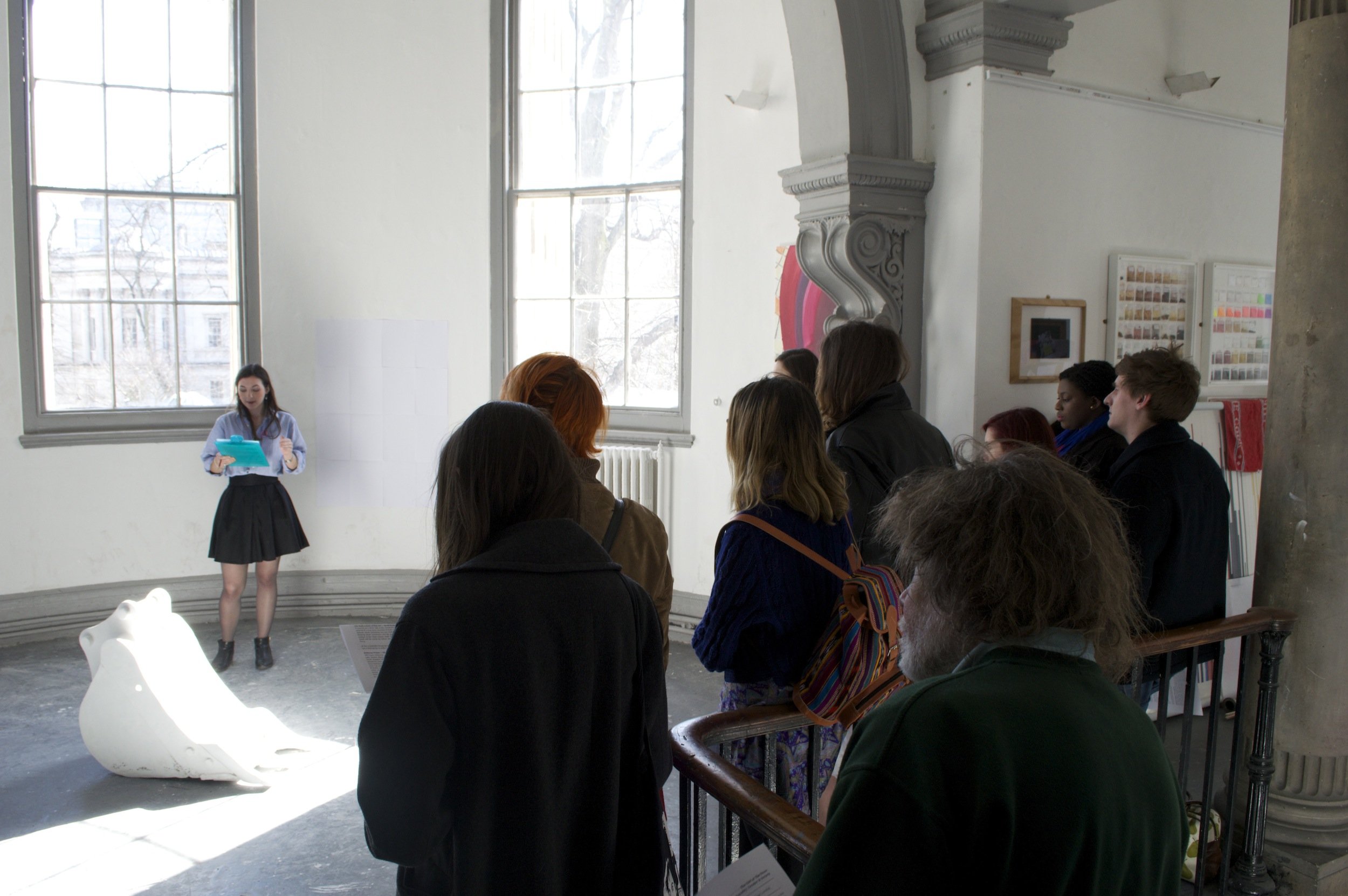
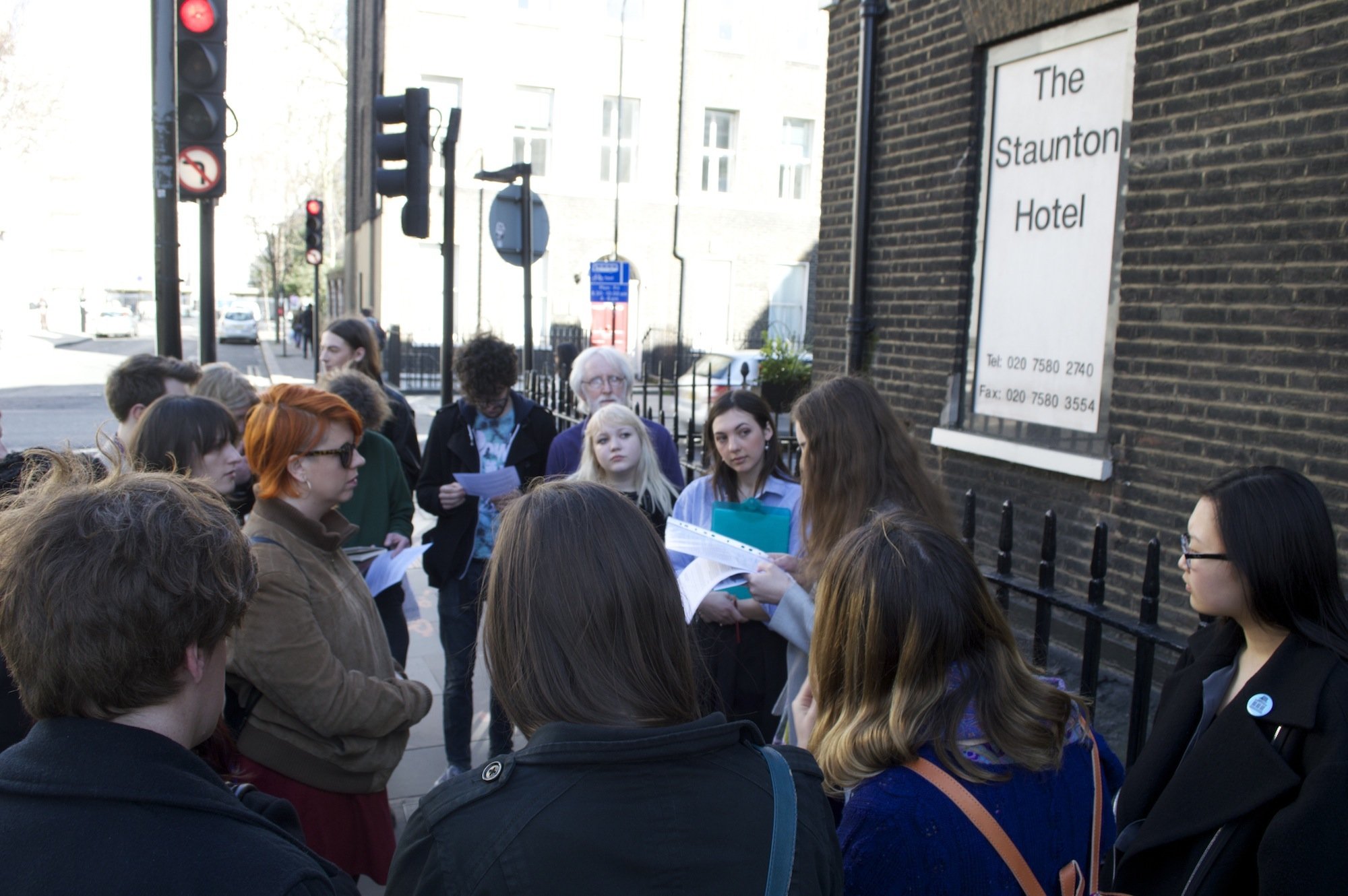
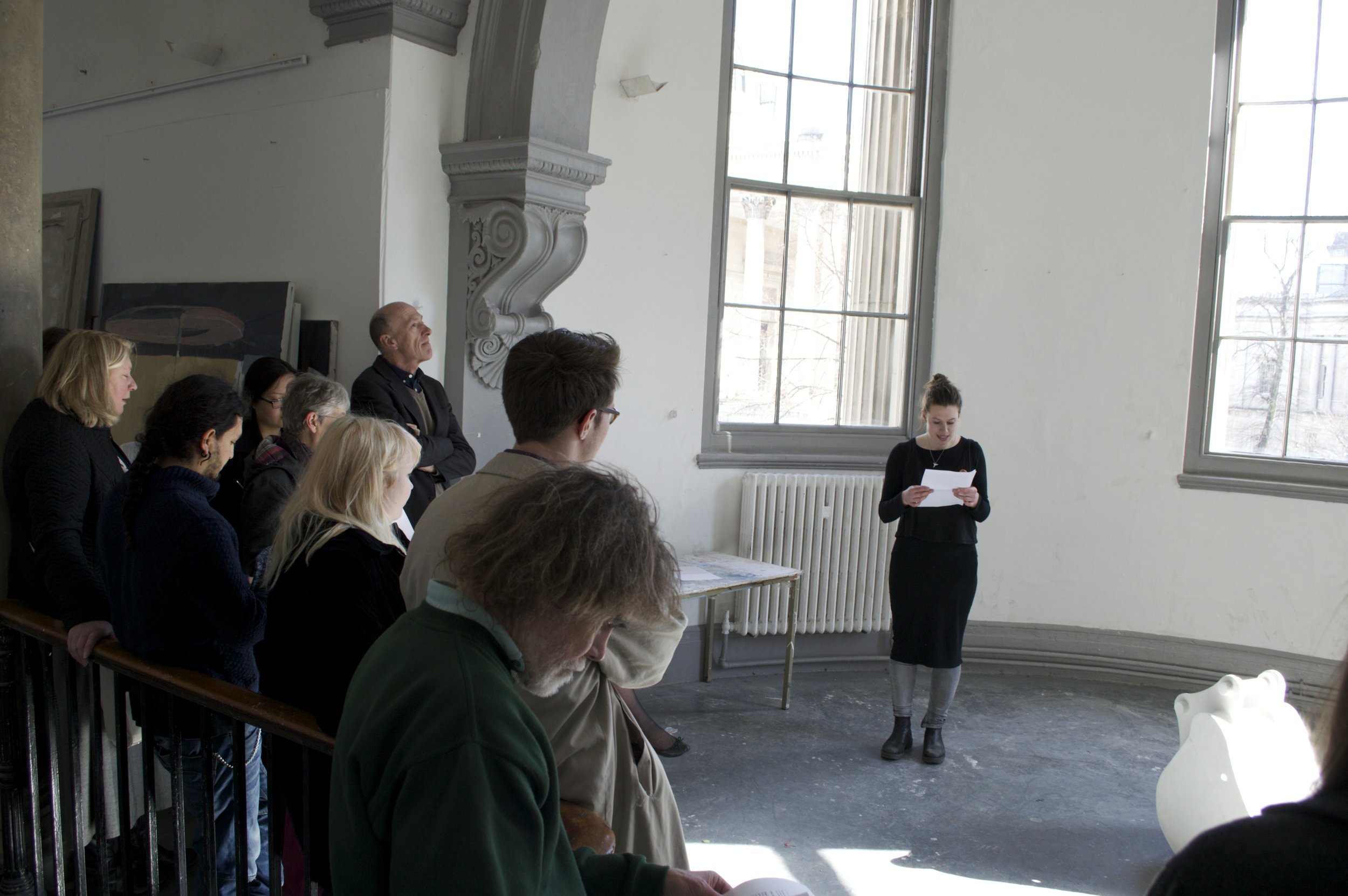
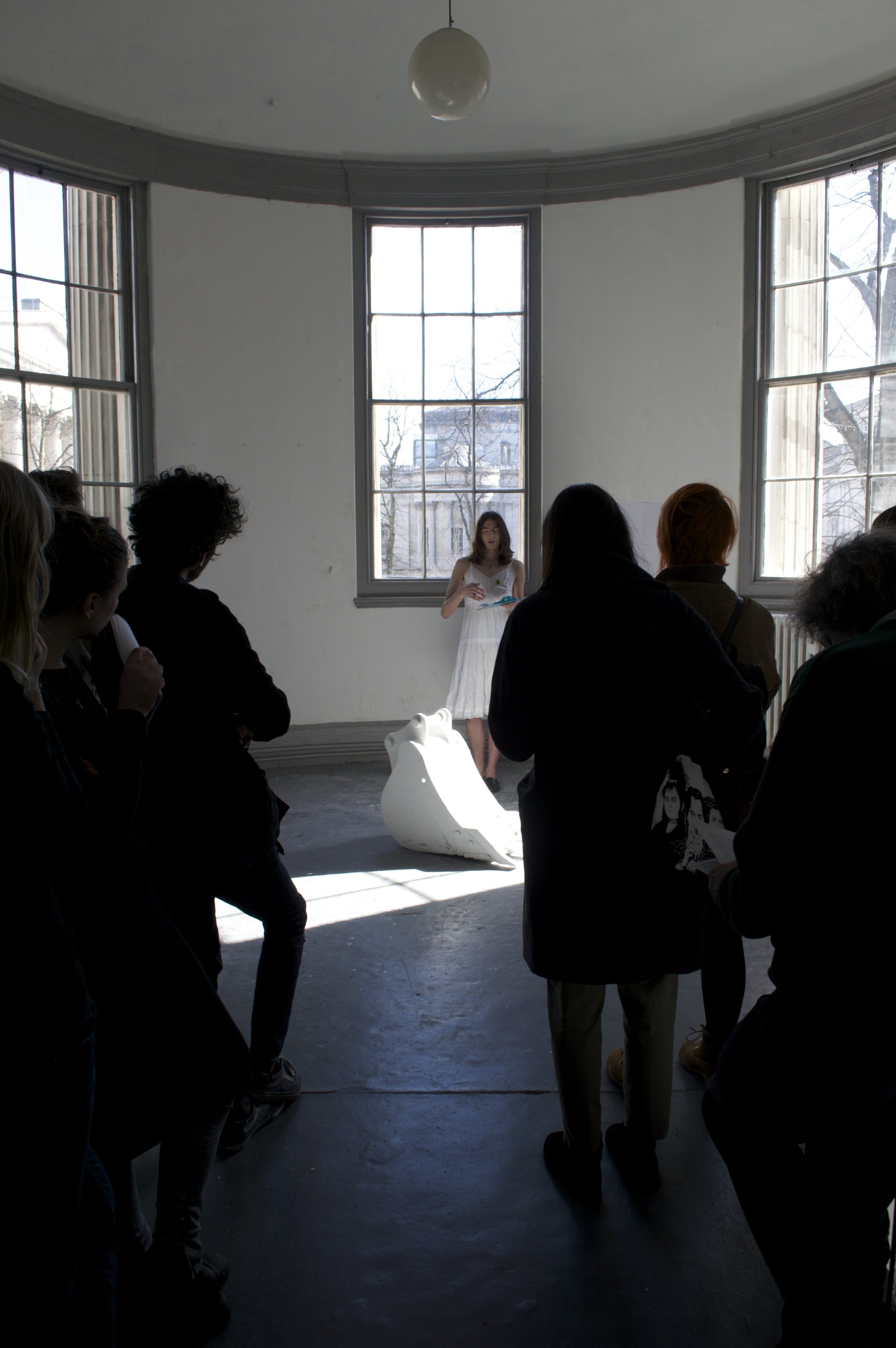
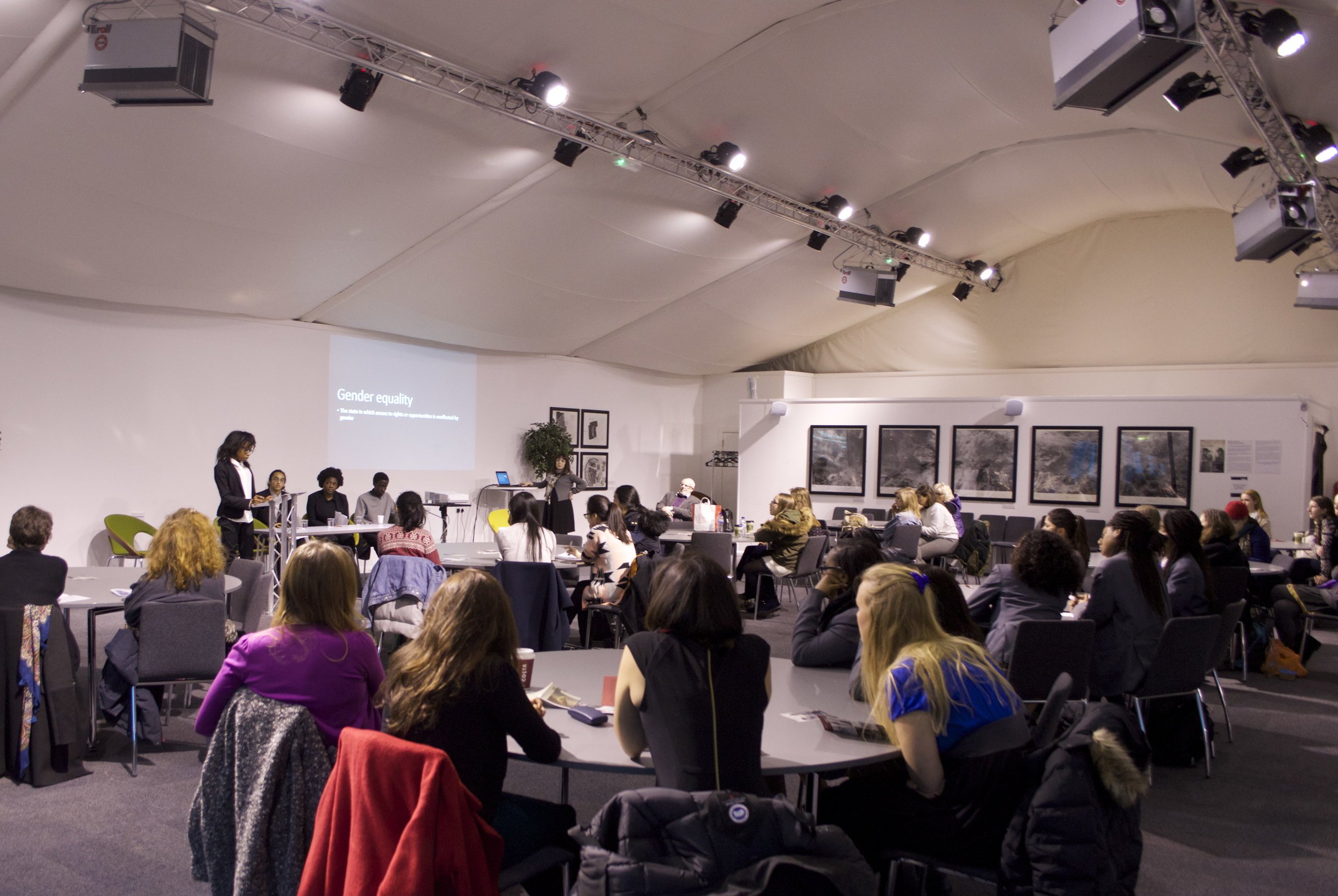
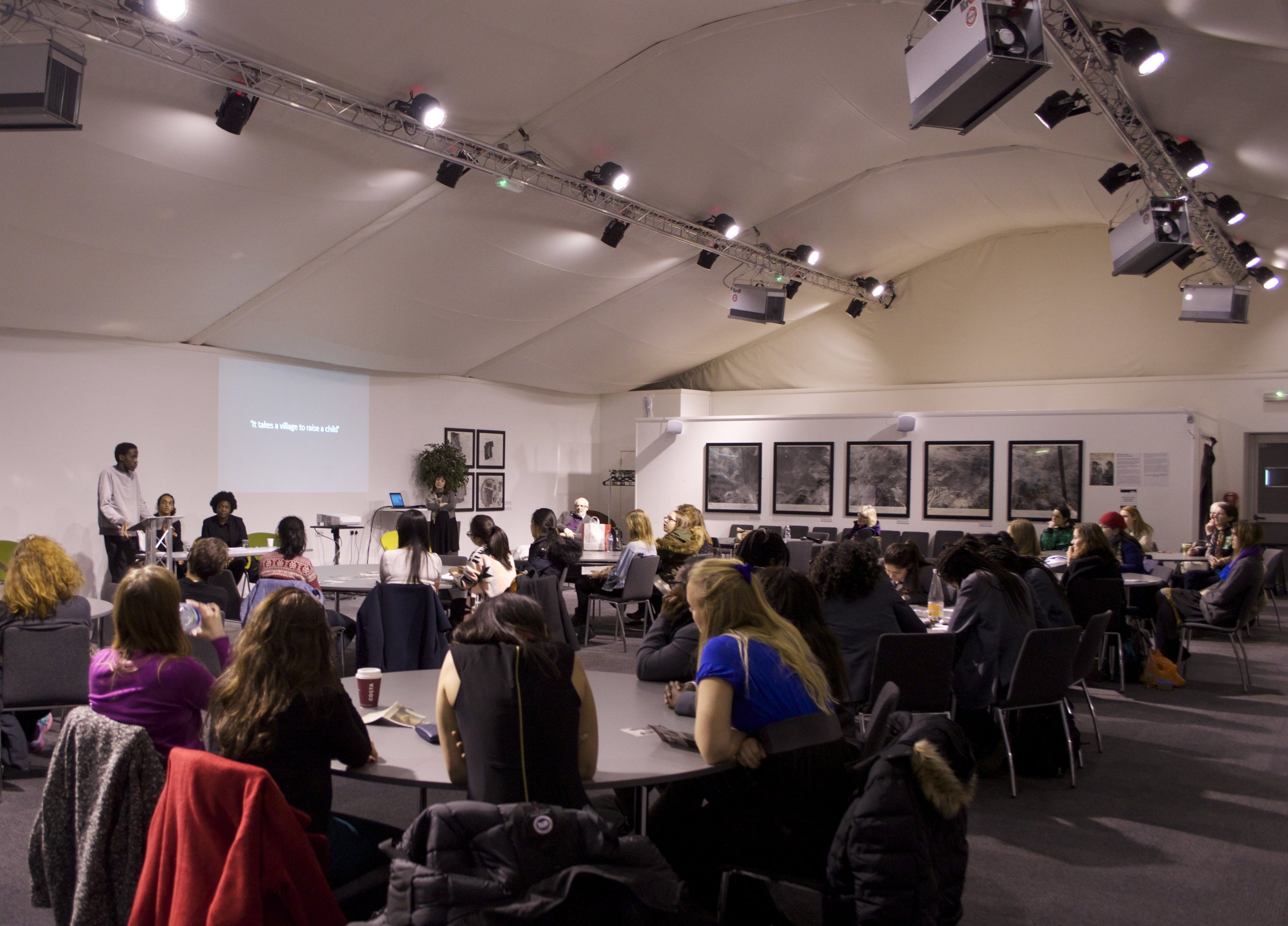
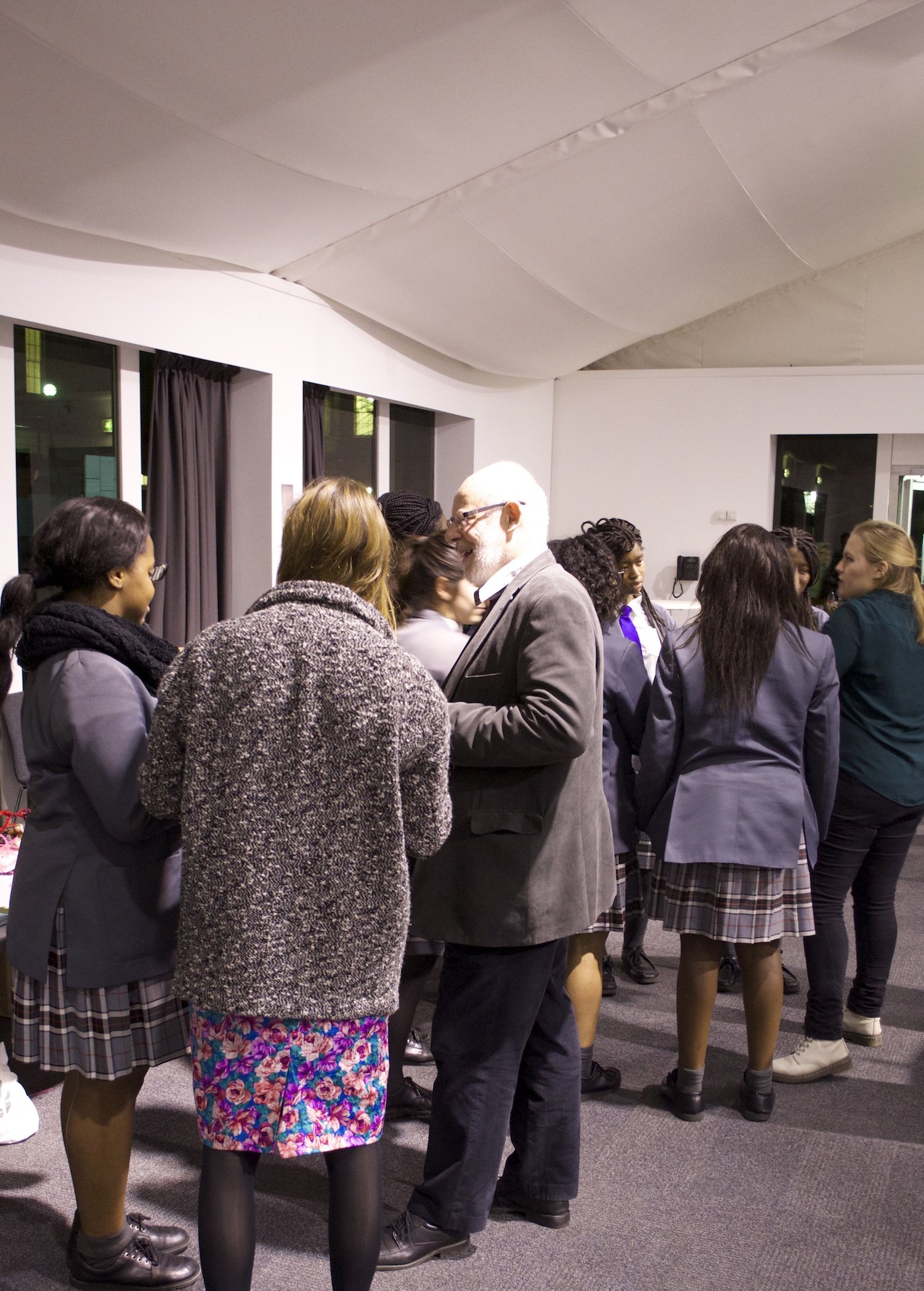
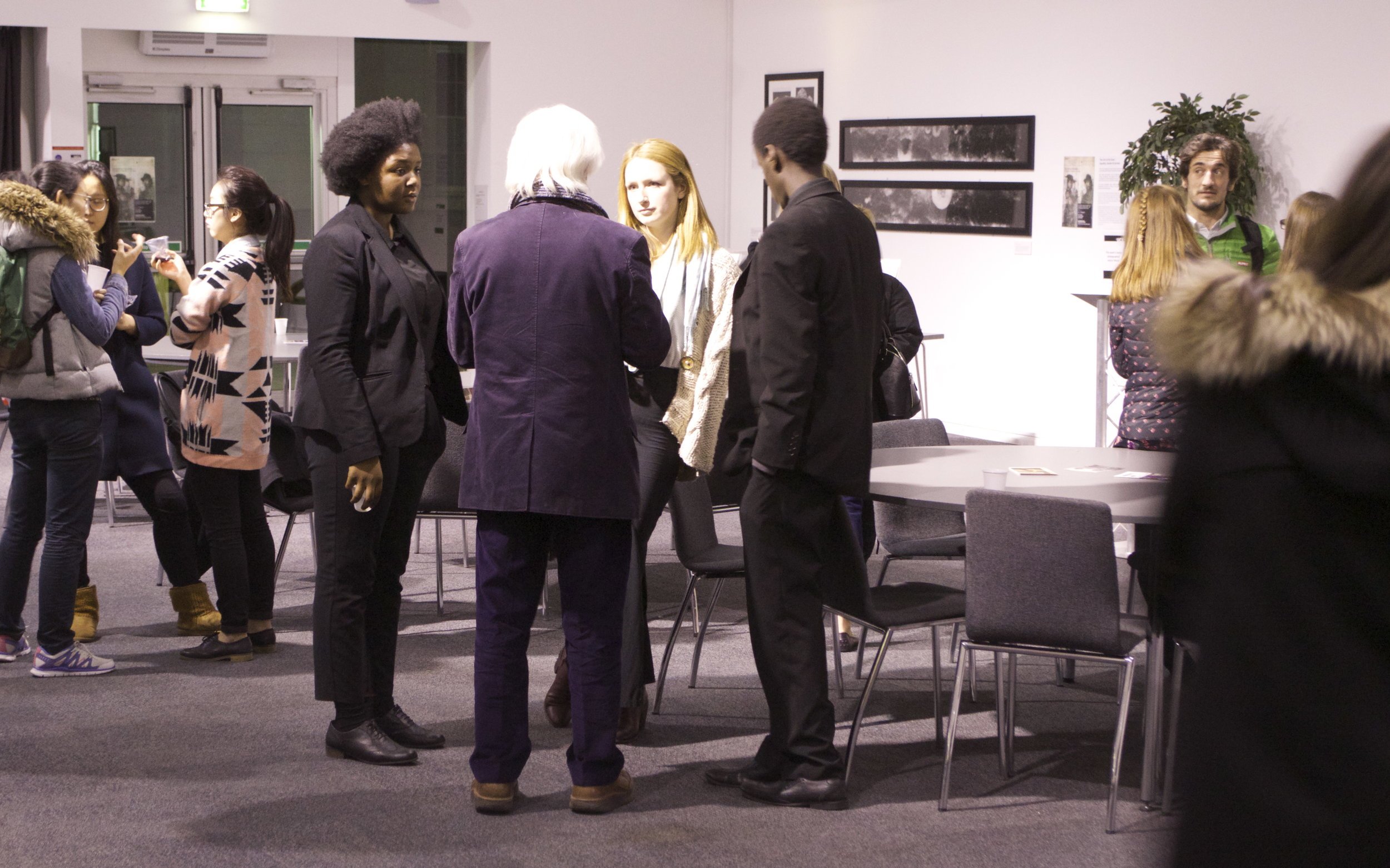
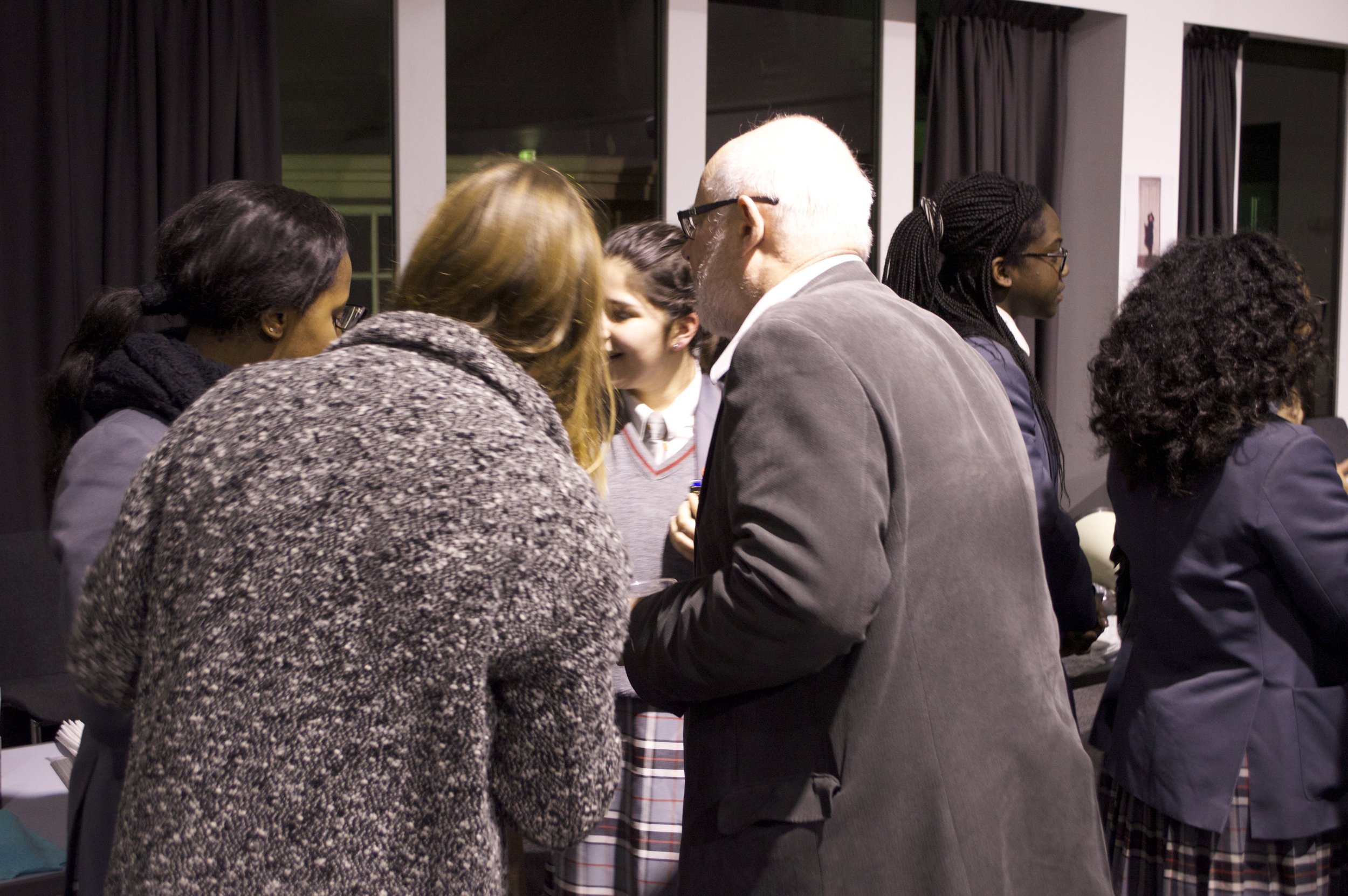
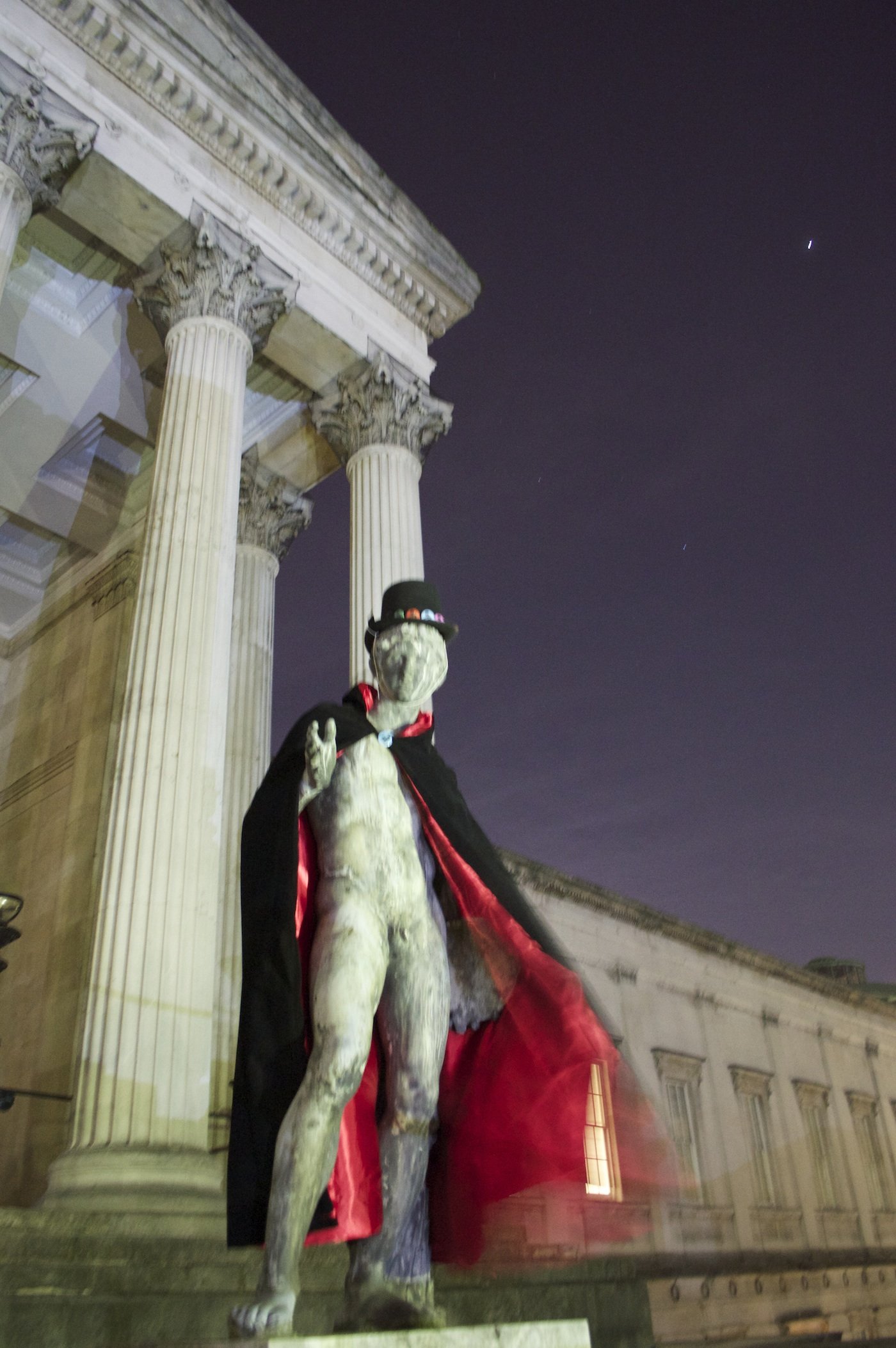
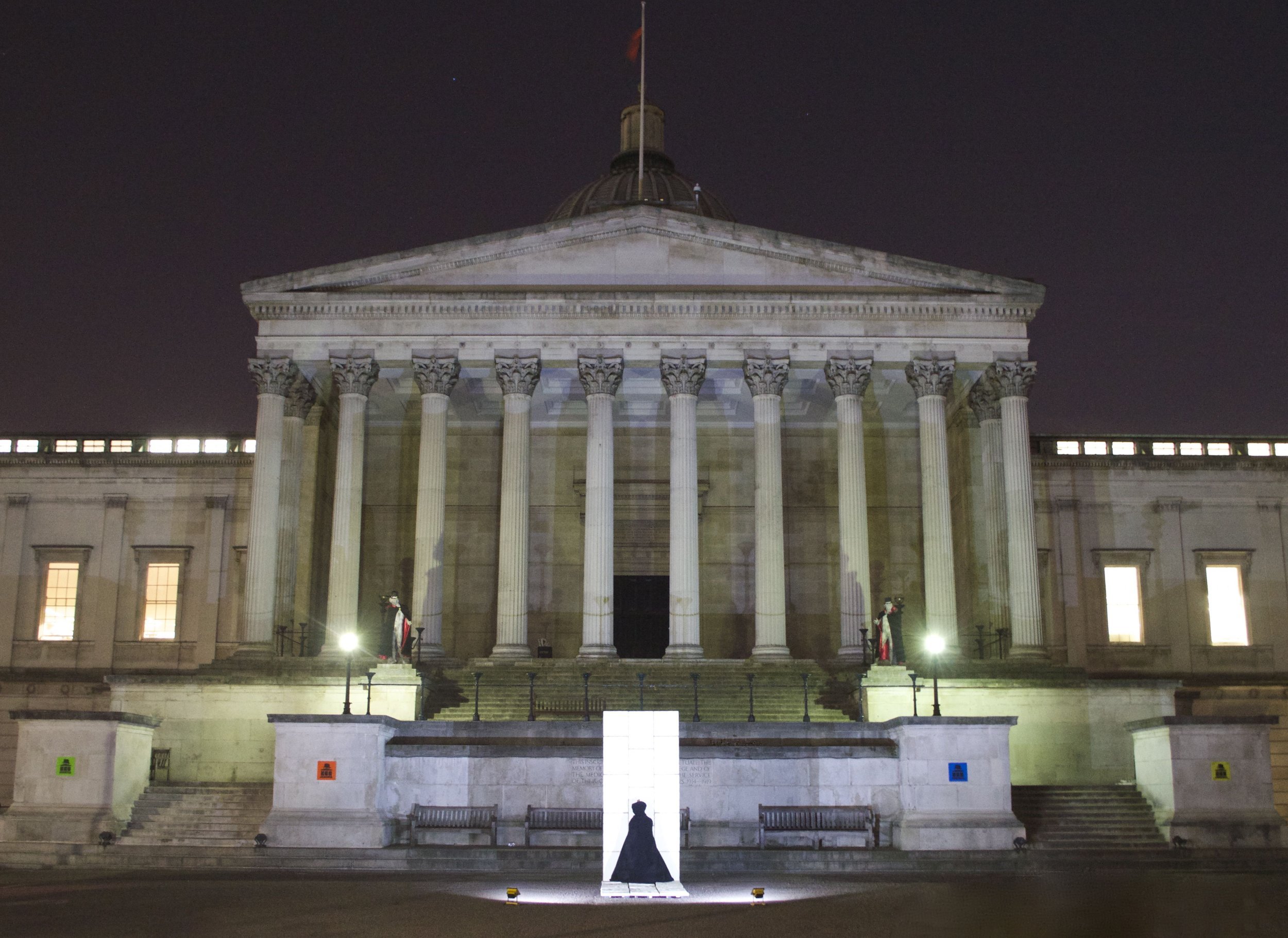
“We are making a space where everyone is welcome - a place for all to come together to reimagine and re-design our public space as truly a place for all. ”
House of Doors at UK Parliament
In 2018, House of Doors was installed at the heart of UK Parliament; Westminster Hall, to commemorate the 100th anniversary of the Representation of the People Act 1918, which granted the vote to women over the age of 30 who met a property qualification. The same Act gave the vote to all men over the age of 21. A series of associated, participatory events ran alongside the month long installation. Please see here for more information.
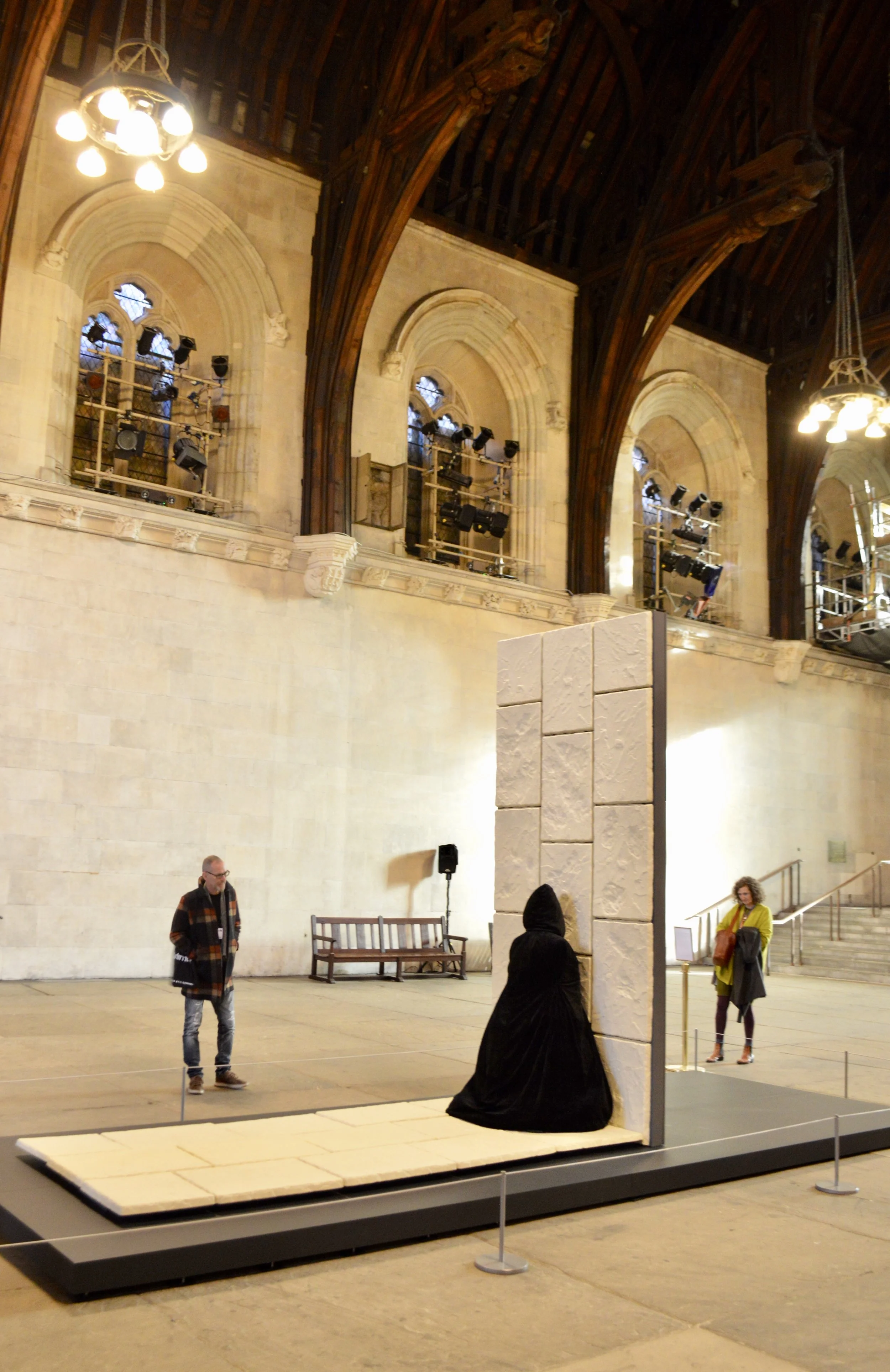
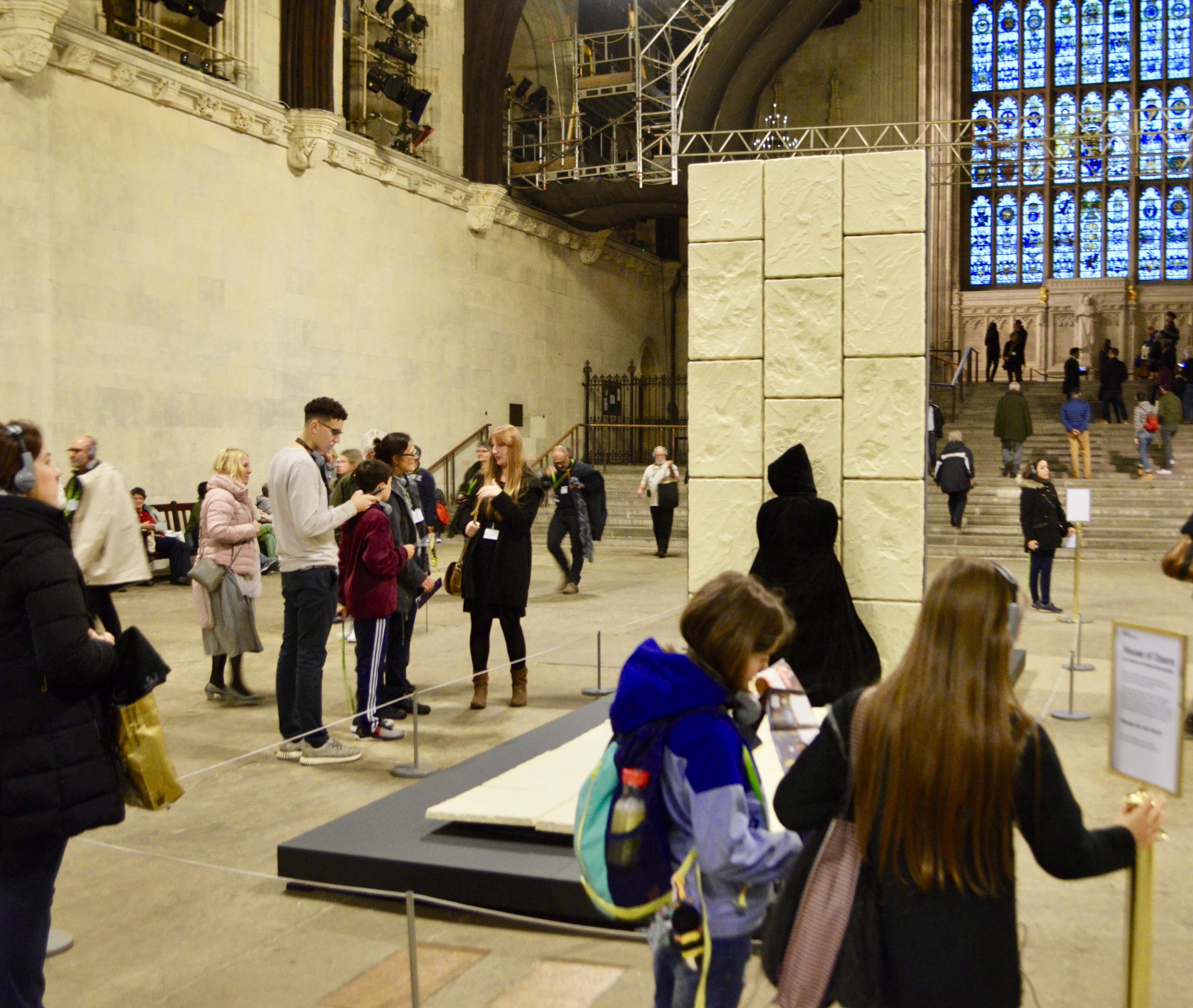

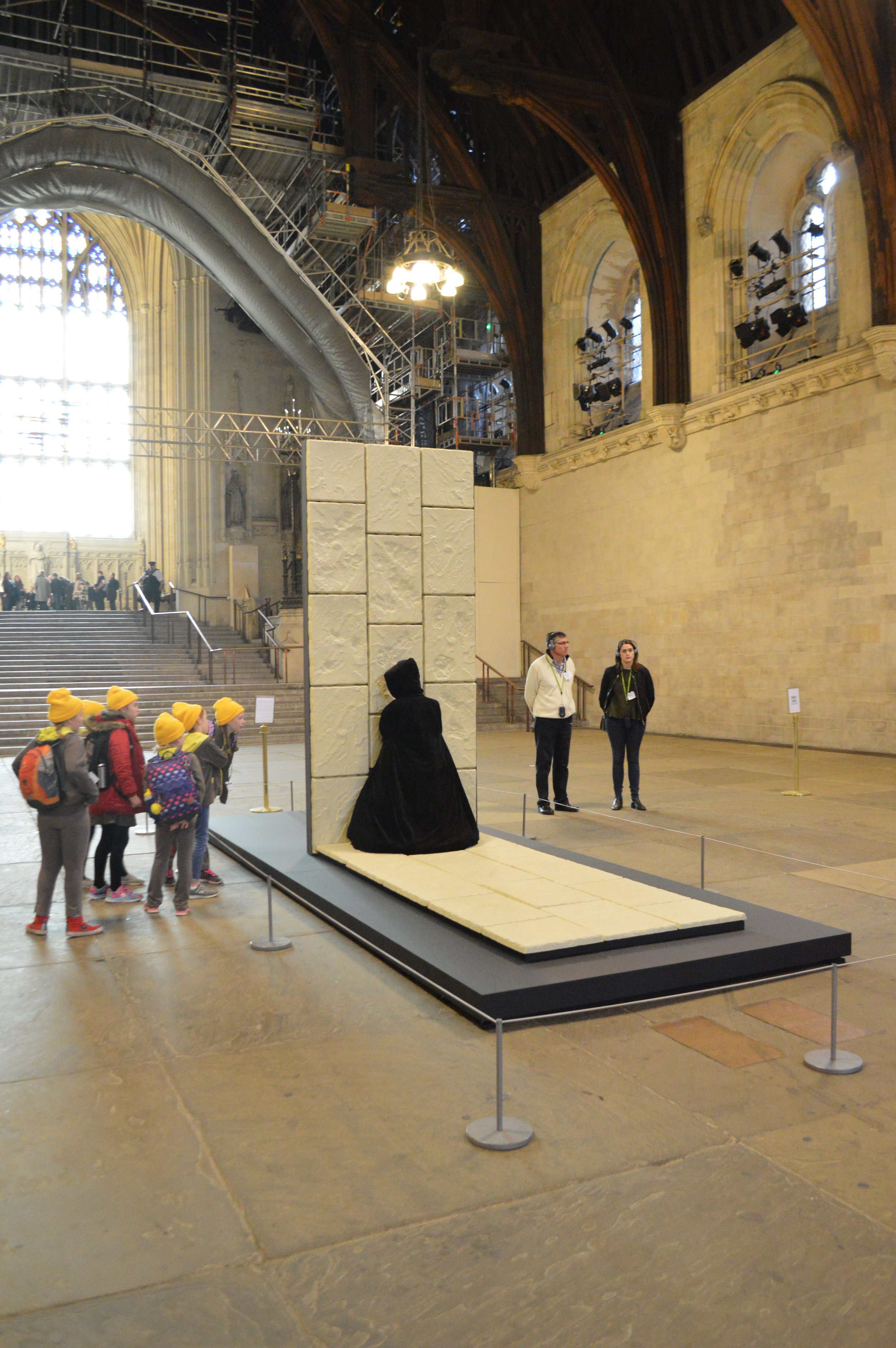

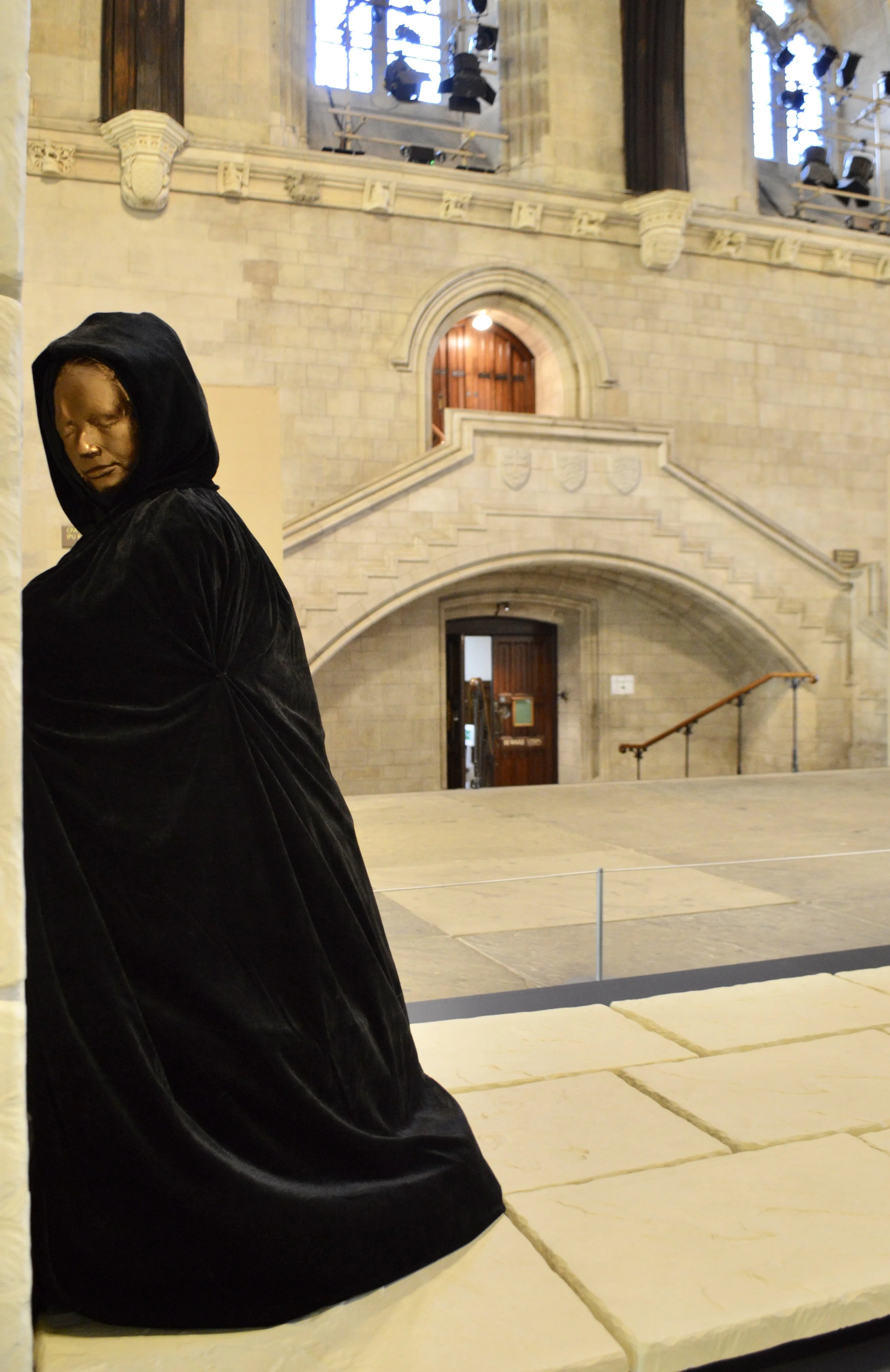
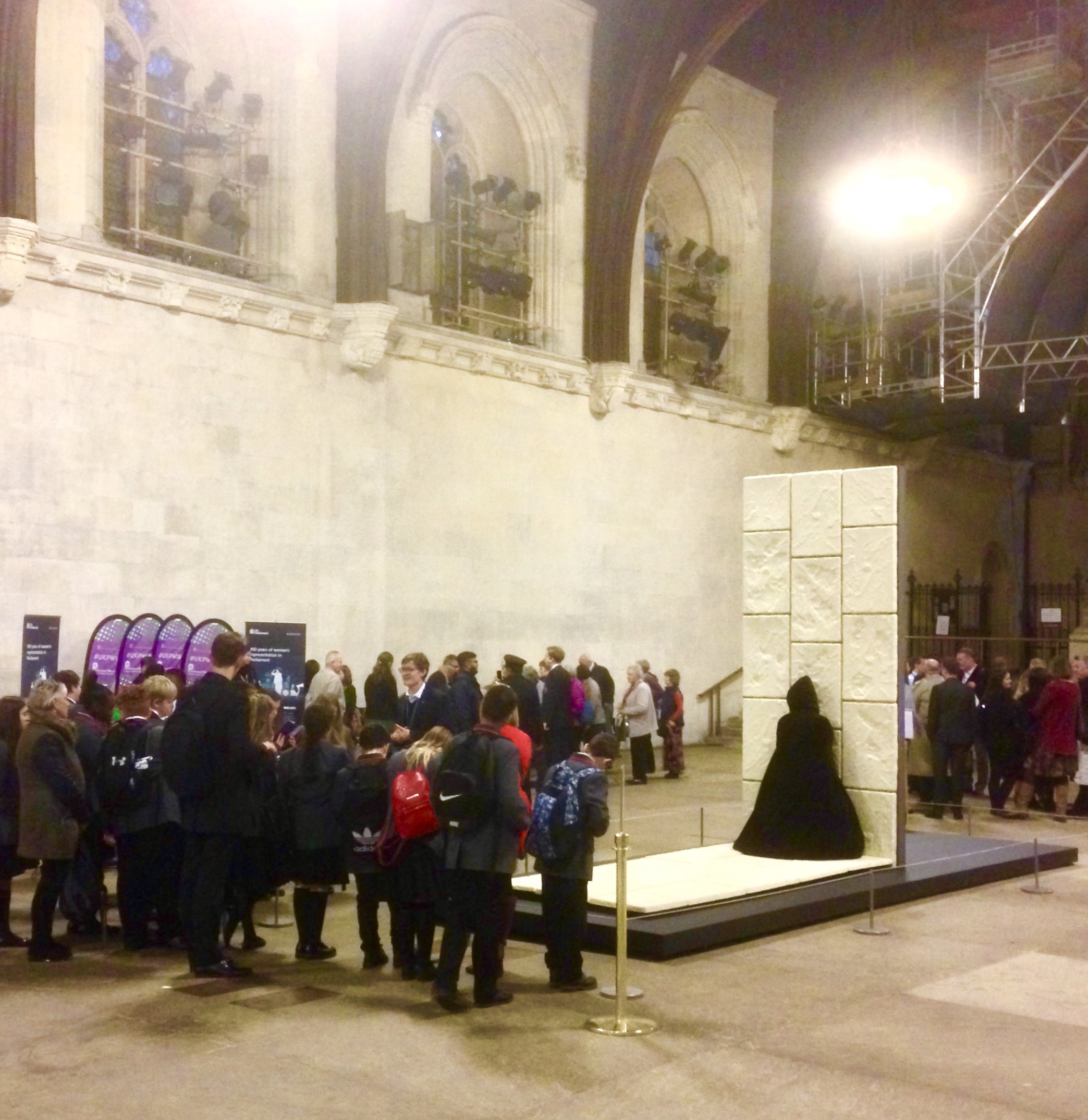
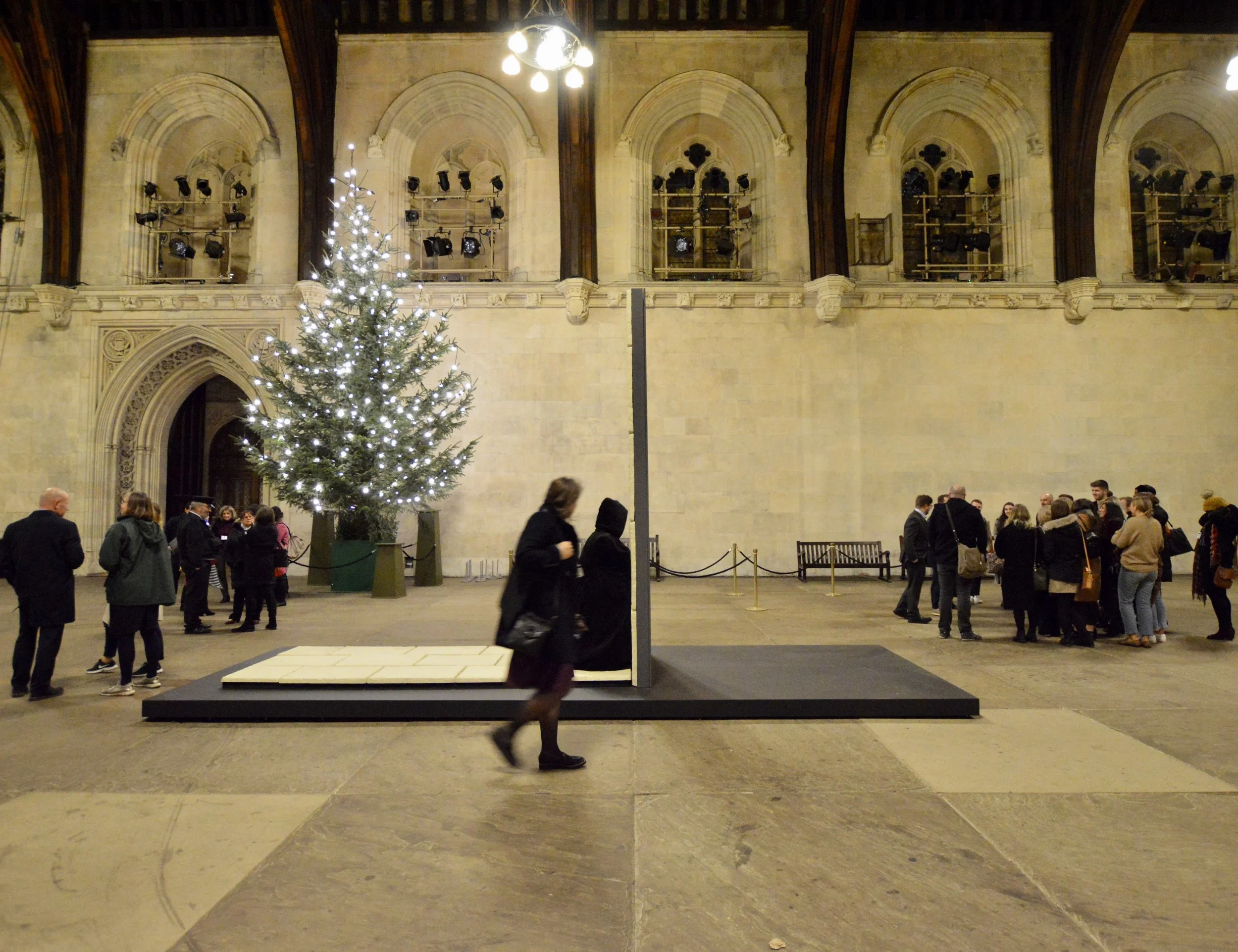

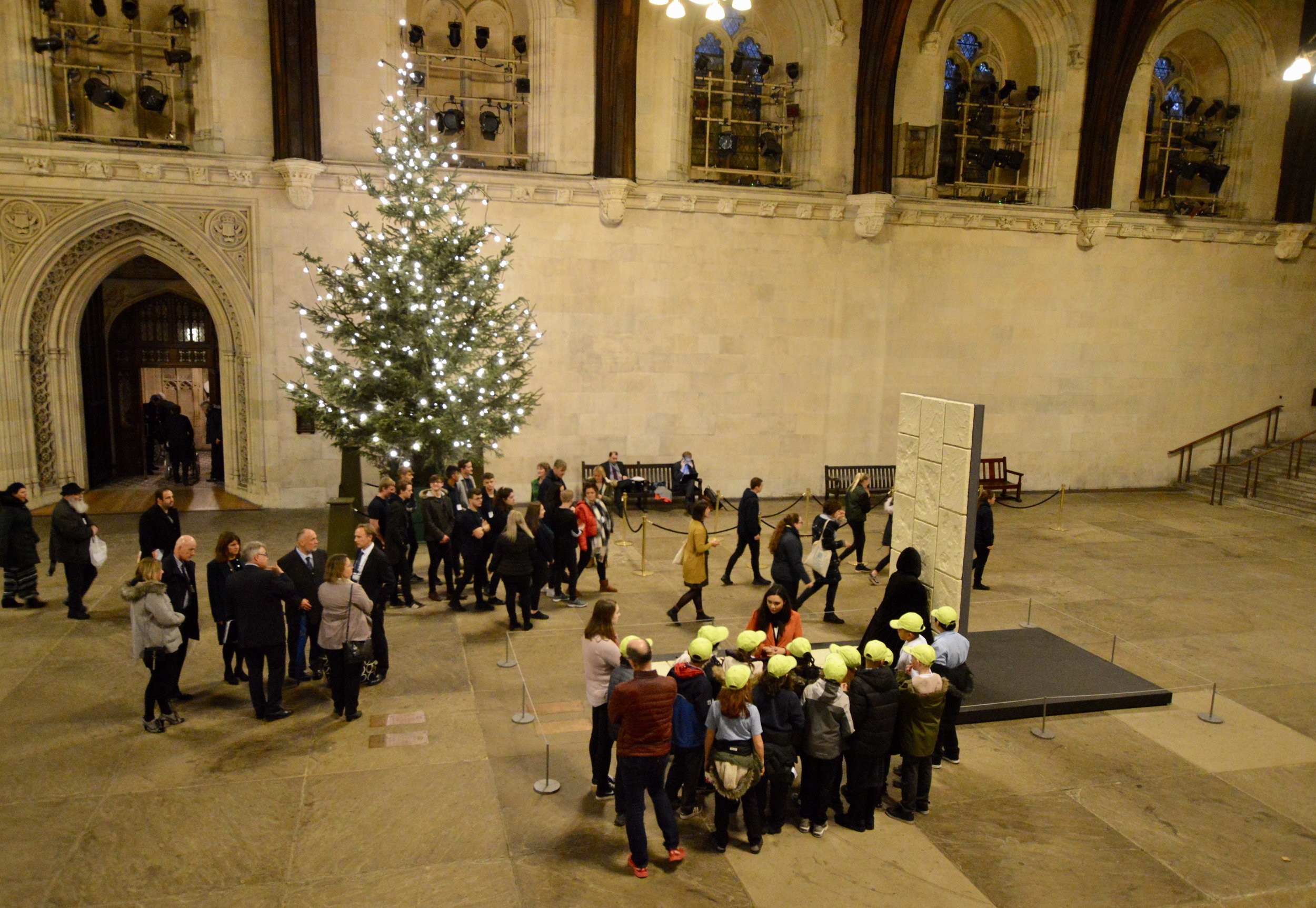


“The struggle between people and the spaces they are permitted to occupy emerged as the focus of the project – who or what determines where and how we may be, how our built environment is renegotiated as social values and policies change. The paved door is at the core of this.”
THE PAVED DOOR
The focal point of the House of Doors is a paved, stone door, created in response to Harriet Halhed's painting The Little Girl at The Door (1910), which depicts a young girl standing at a closed door. The paved door - a monolithic structure - was developed in response to architectural details from three sites of significance to women’s equality and exclusion;
UK Parliament, which in 1918, after a long battle led by the Suffragettes and Suffragists, granted the first women the right to vote
UCL (University College London), which in 1878 became the first university in the UK to admit women on equal terms to men
and The Gentlemen's Clubs of St James', London, some of which continue not to admit women today.
Whilst creating House of Doors, permission was granted to take detailed rubbings of the Medieval York stone paving in Westminster Hall at UK Parliament. The paving of the hall was specifically selected as representative of the political sphere which women fought for access to. These rubbings were used to create the individual 28 paving casts which together form the stone door; a white monolith which is simultaneously an obstacle, a path, and an opportunity.
The paved door, which stands at over three meters in height, makes tangible the historical and contemporary inaccessibility of public life for some.
“This all started with a painting I came across in Canterbury - it's a life-size painting of a little girl standing at a door, painted in 1910. The painting immediately struck me as being of social significance; in 1910 the little girl standing at that threshold was excluded from so many places, but major social change was on the way. By creating this large-scale, participatory work and welcoming hundreds of people to the House of Doors - from young children to Parliamentarians - we can face this barrier together and imagine what a more equitable society and built environment would look like.”
Kristina Clackson Bonnington, Creator of House of Doors
THE MEMBERS’ CLUB SPACE
In its full form, House of Doors is an immersive, architectural intervention that reworks public spaces into a private members' club. The House of Doors' entrance is marked by the large, free-standing paved door. This paved door extends to a members' space where MHDs (Members of the House of Doors) can come together to scrutinise government policy and propose reforms.
Membership to the House of Doors is open to everyone and all visitors are invited to become MHDs. Like MPs, MHDs are invited to debate and propose new laws.
Through a range of spatial interventions and events, MHDs are invited to consider how society and the built environment has changed as a result of key legislation. MHDs are invited to put forward proposals to move society towards greater equality. Each proposal put forward by an MHD is documented in the House of Doors' core text The Book of Love & Legislation.
A Member of the House of Doors (MHD) adding their entry to The Book of Love & Legislation


